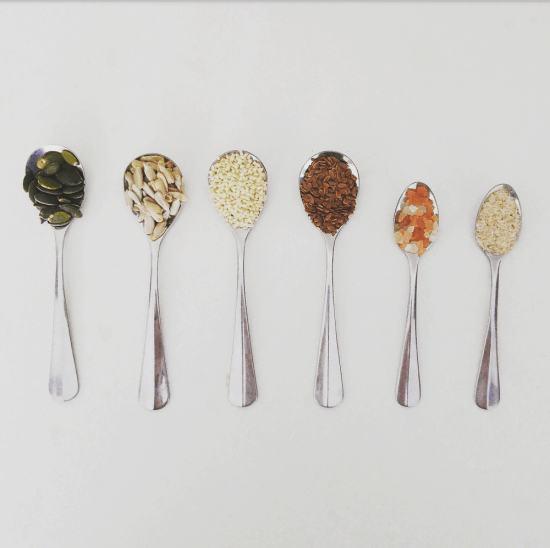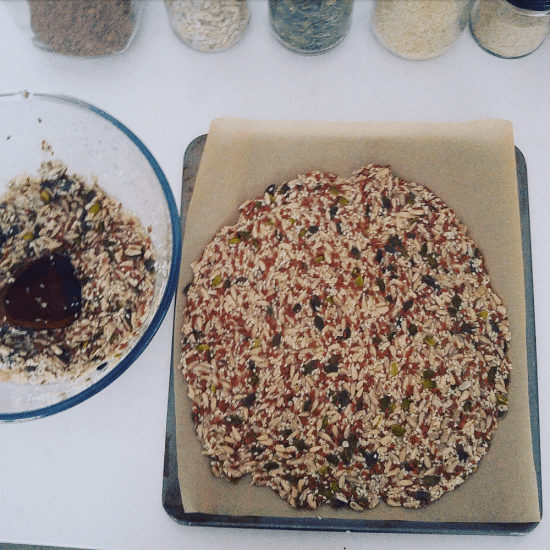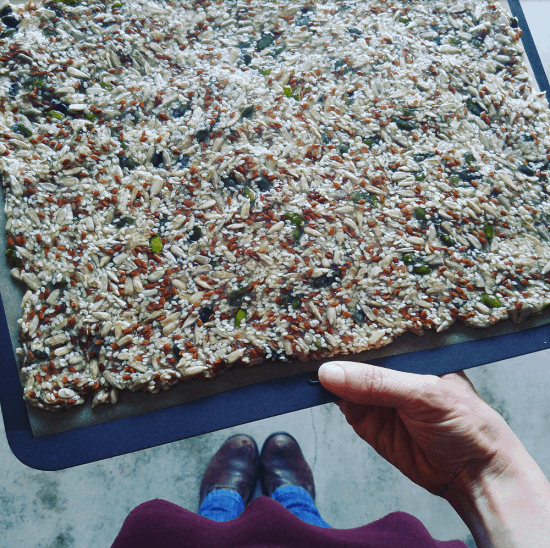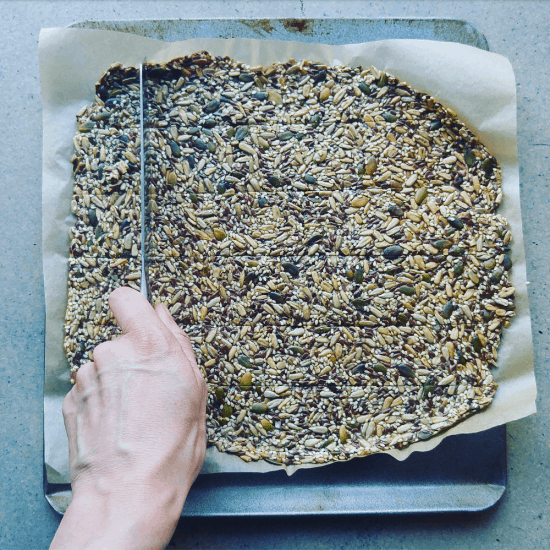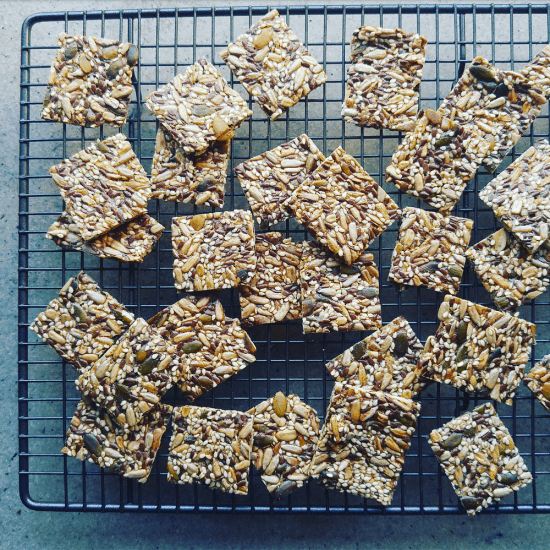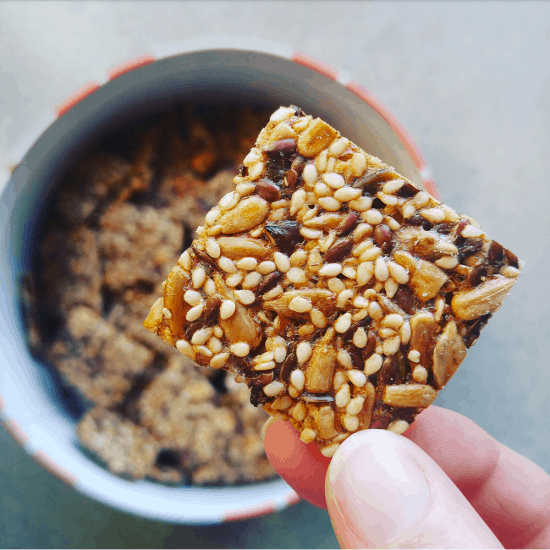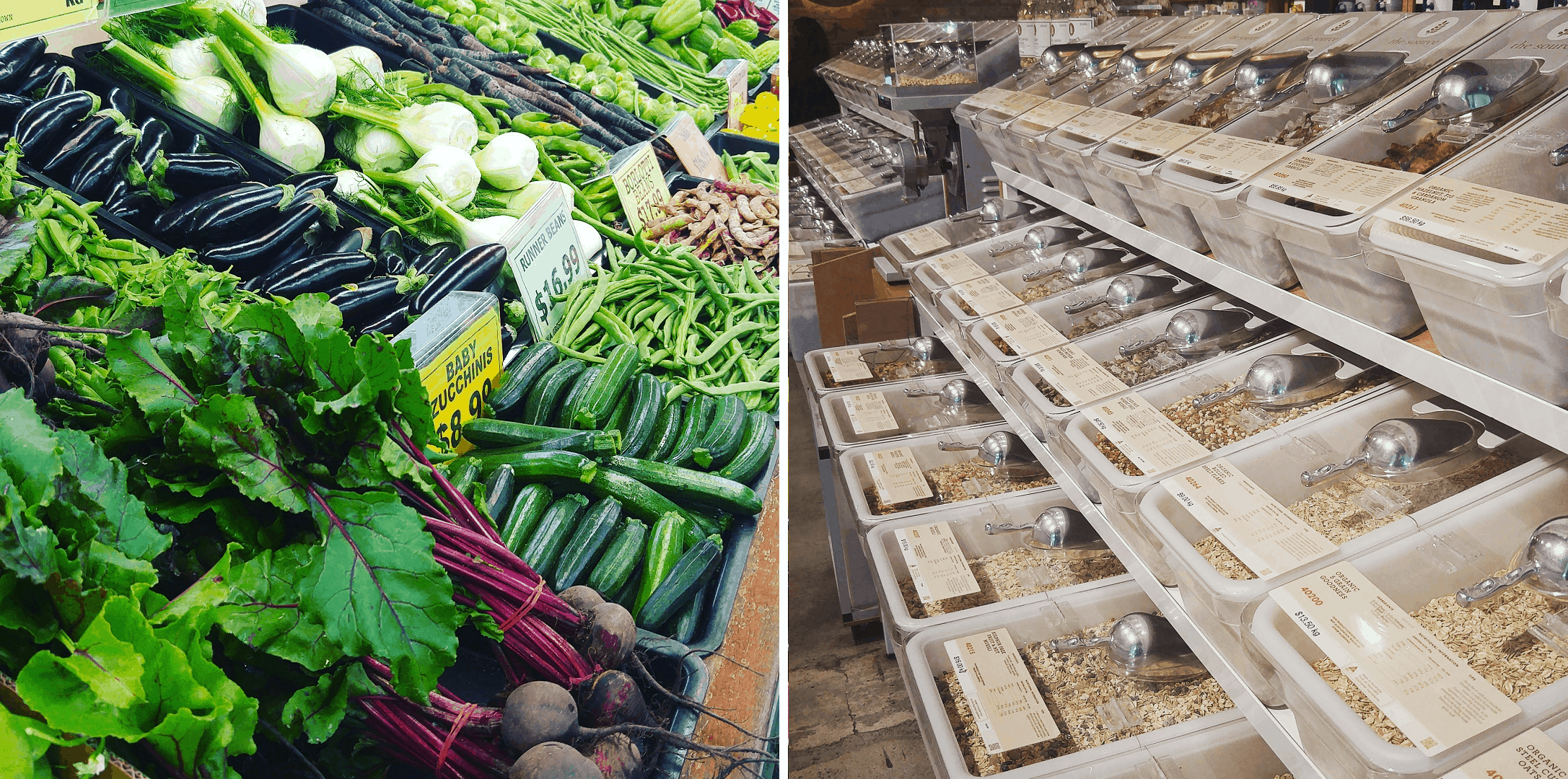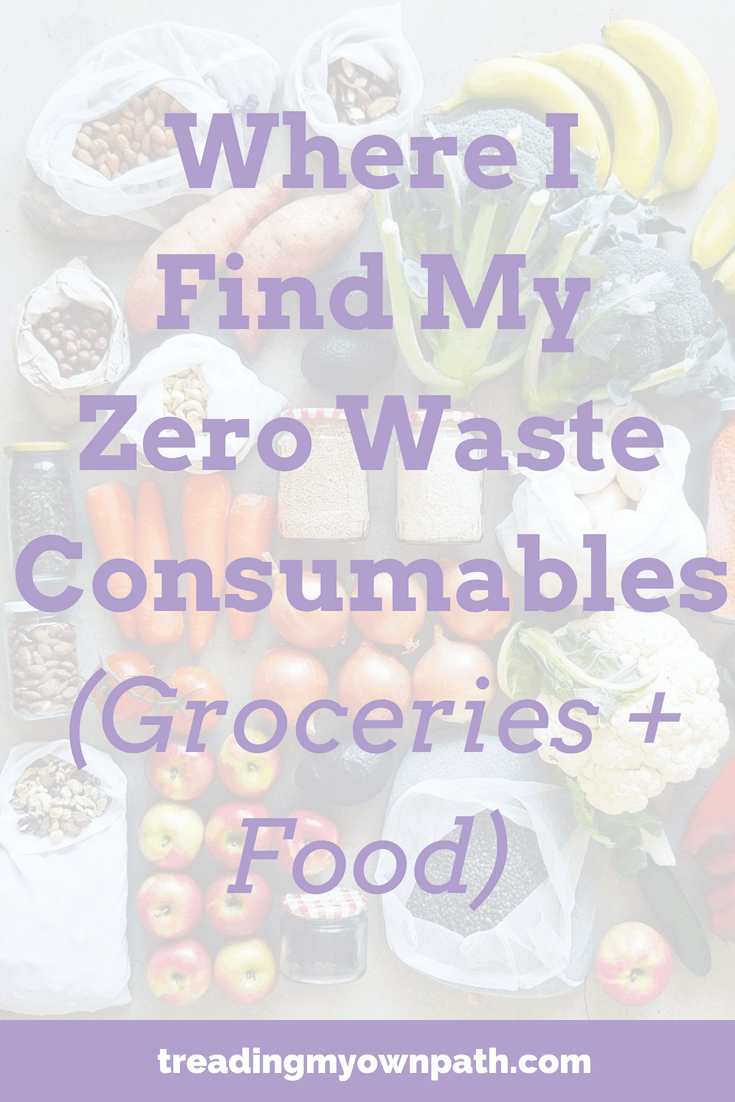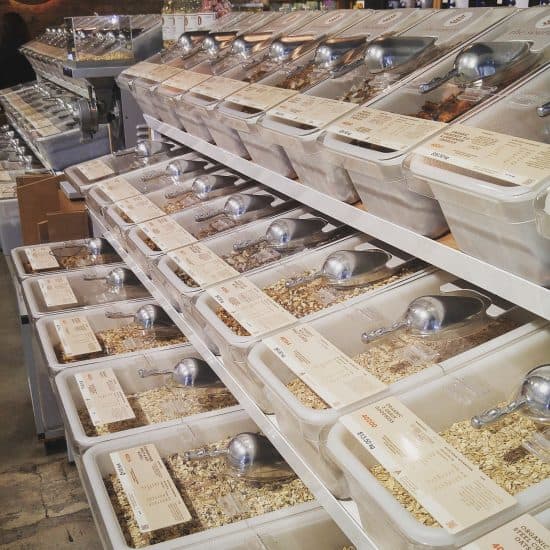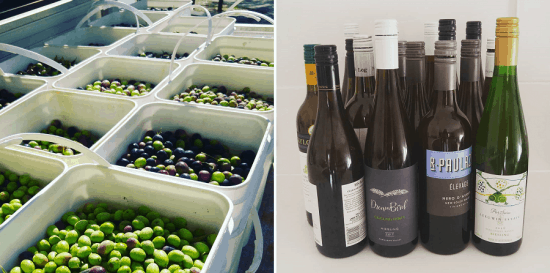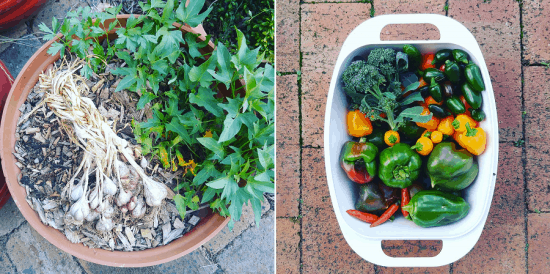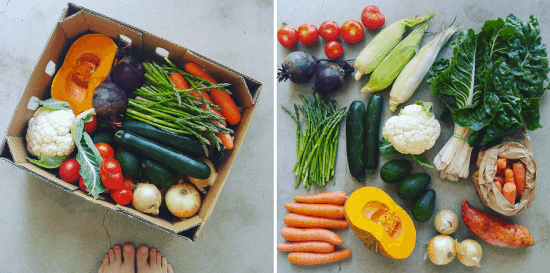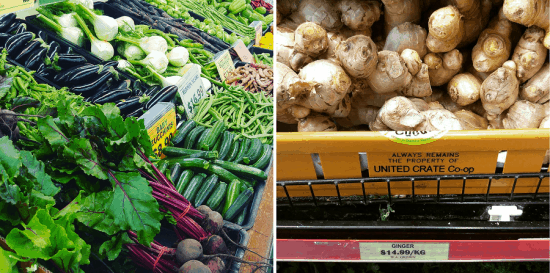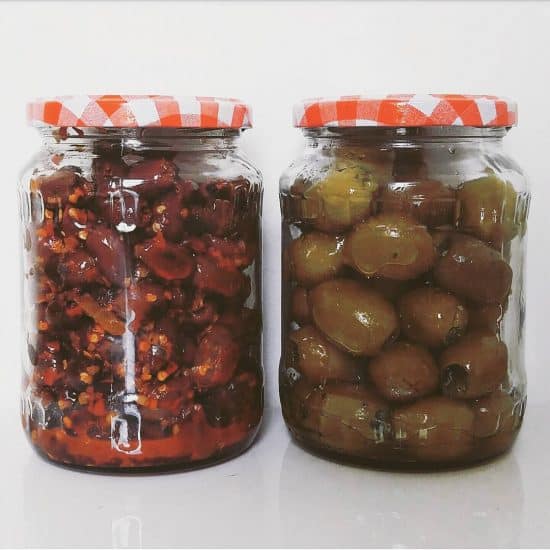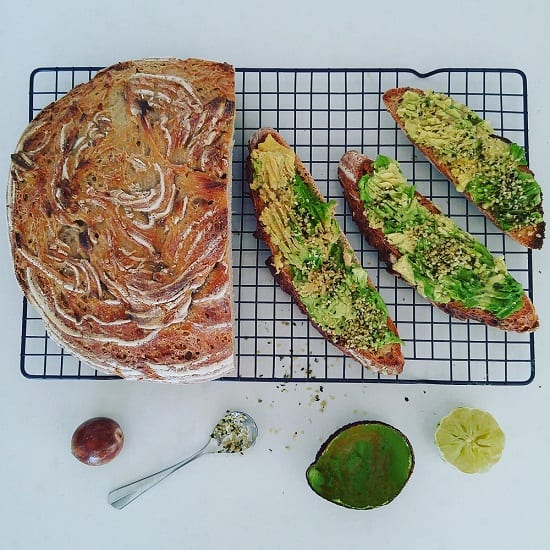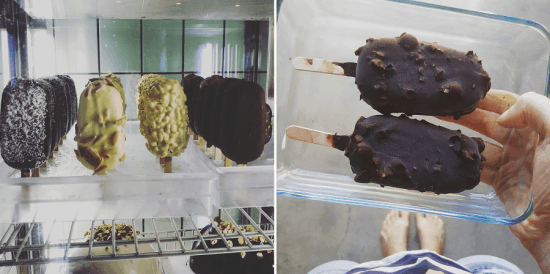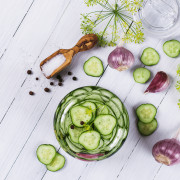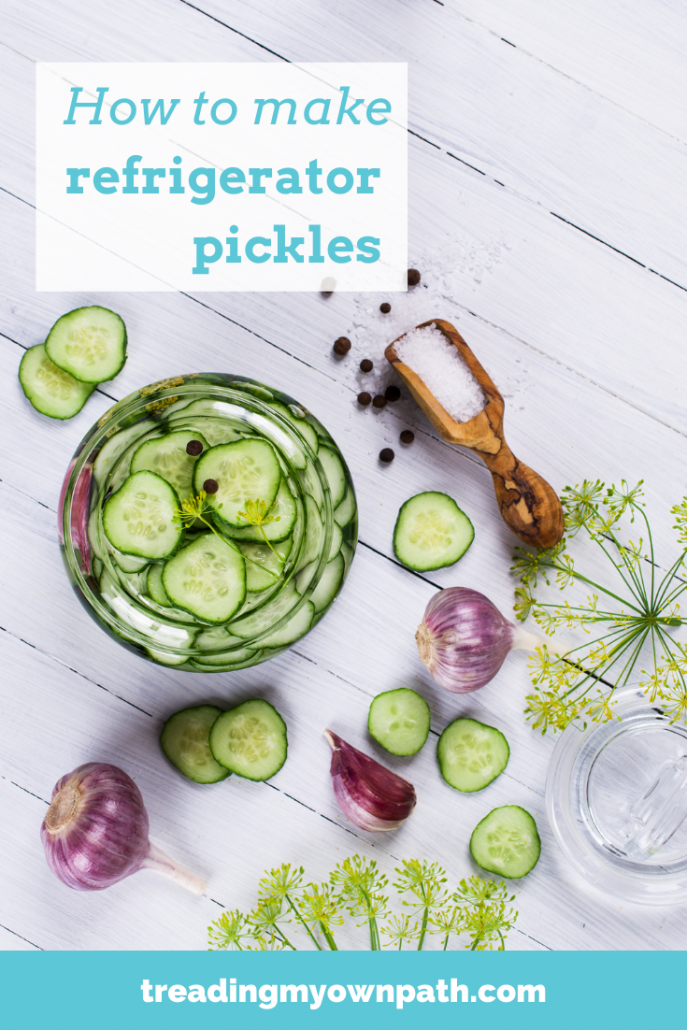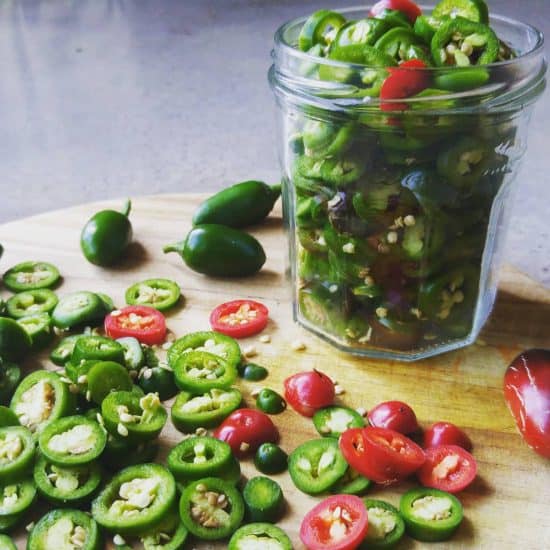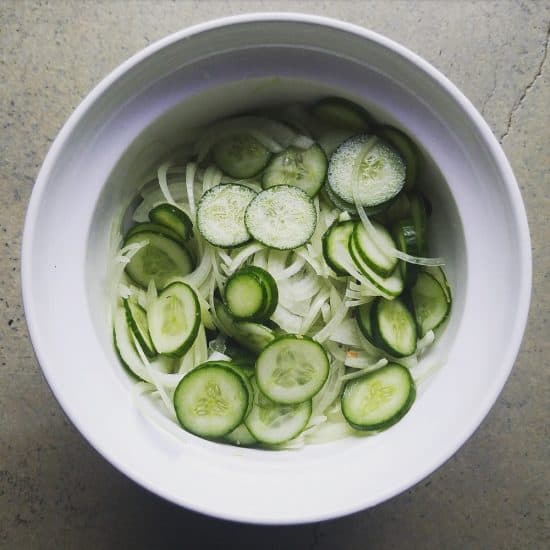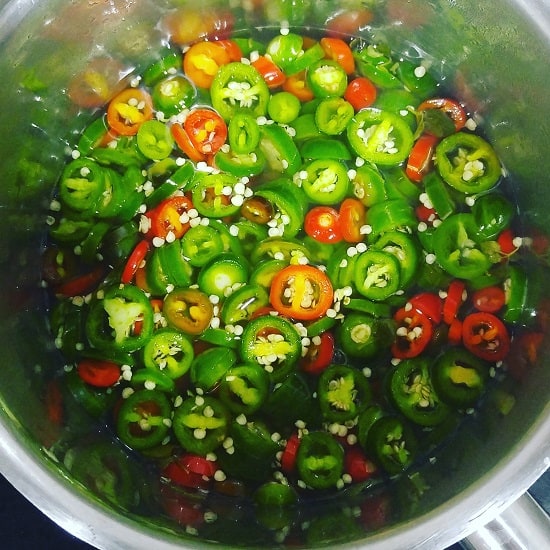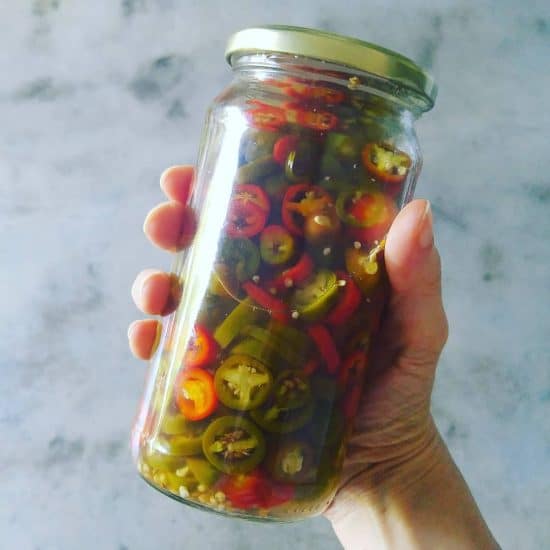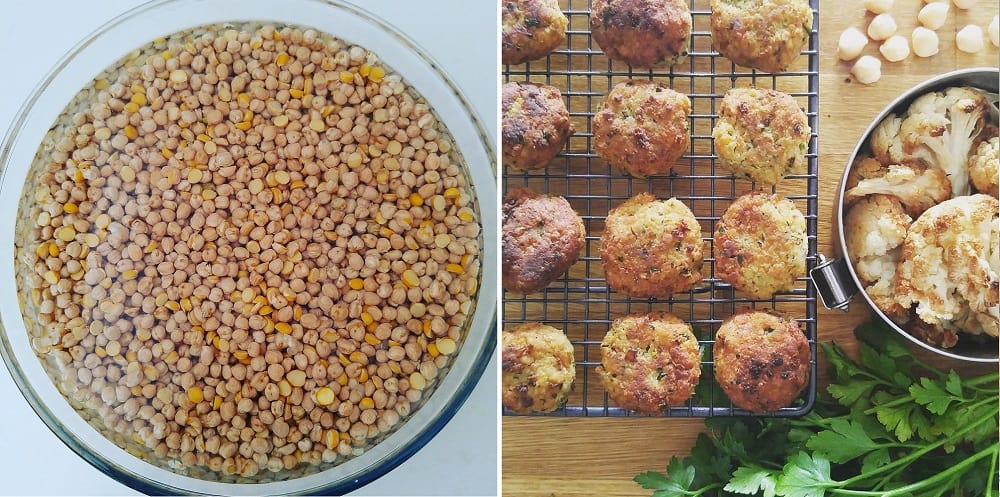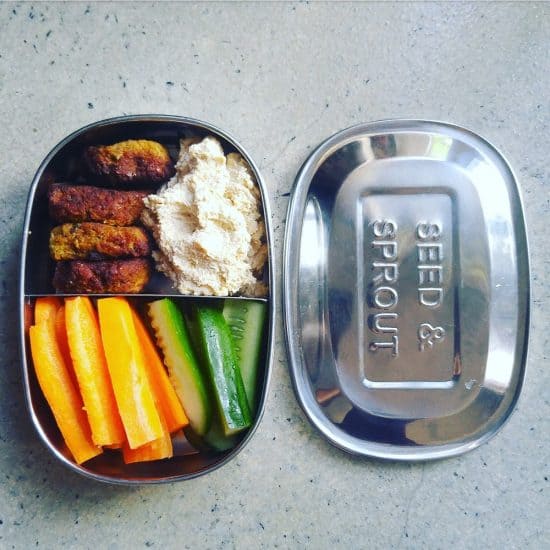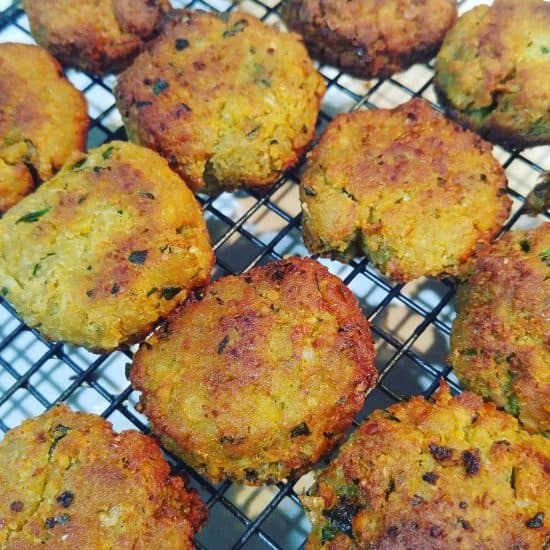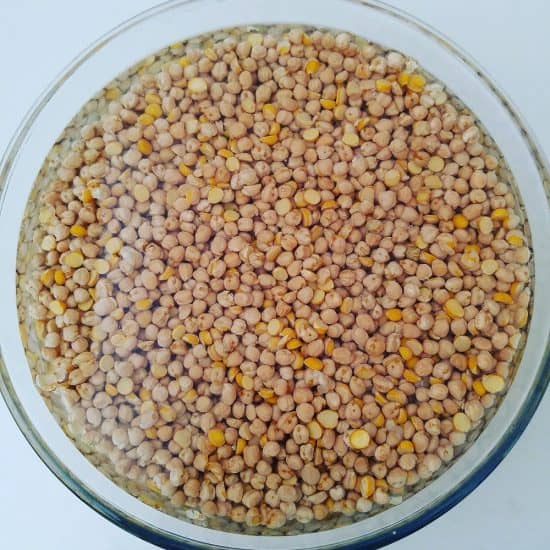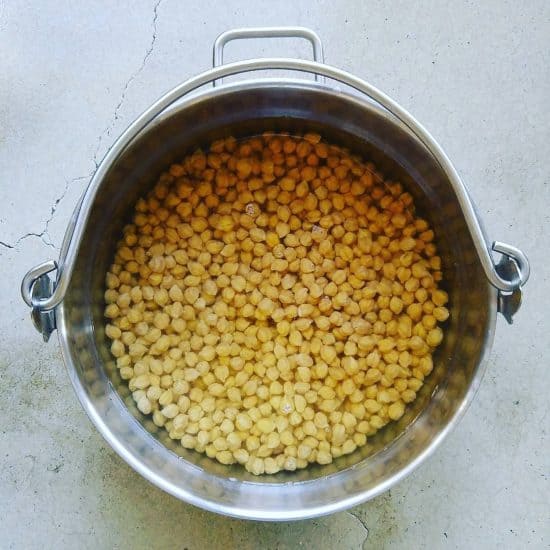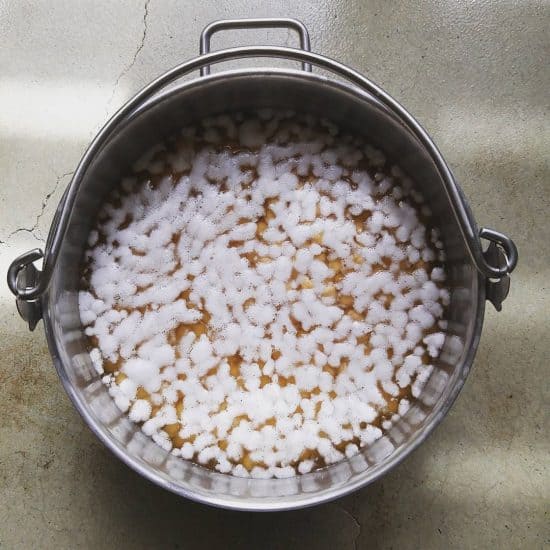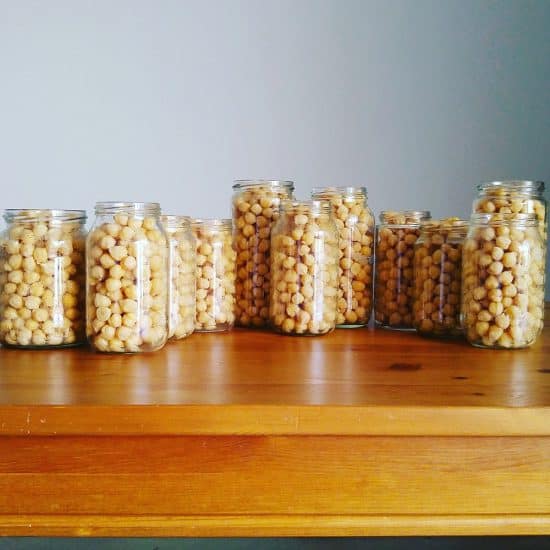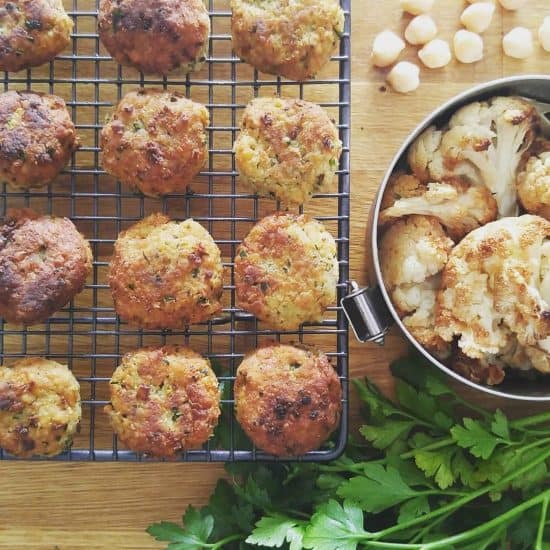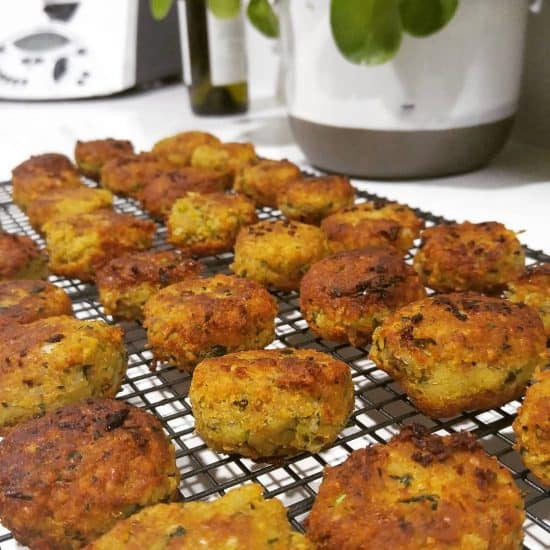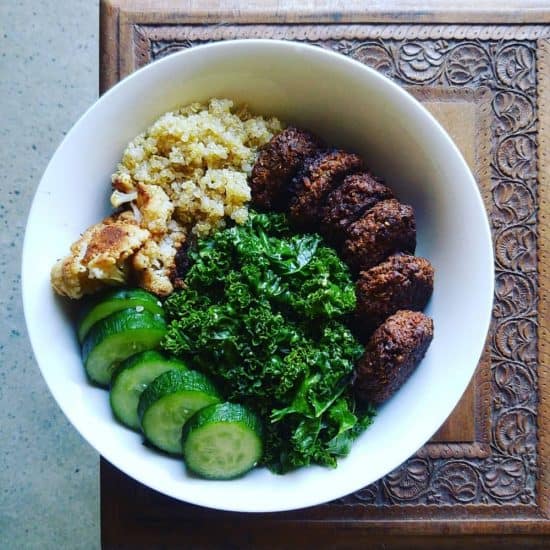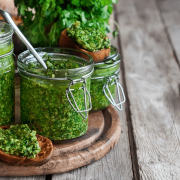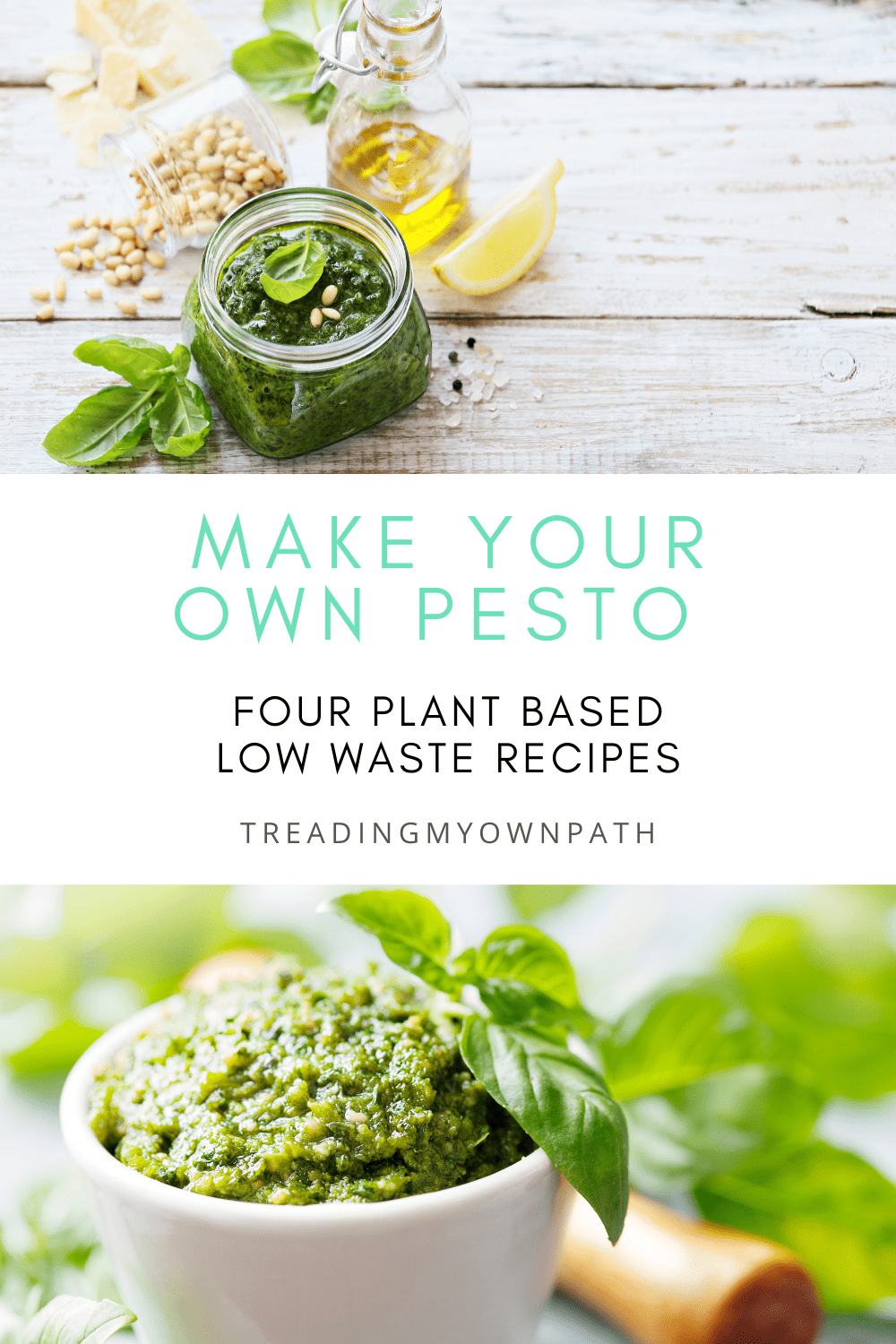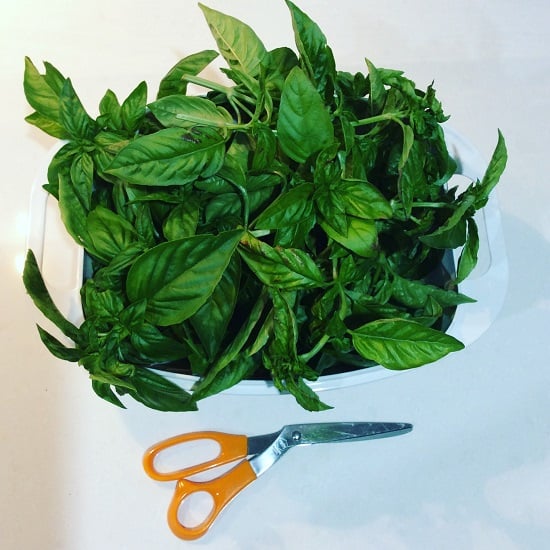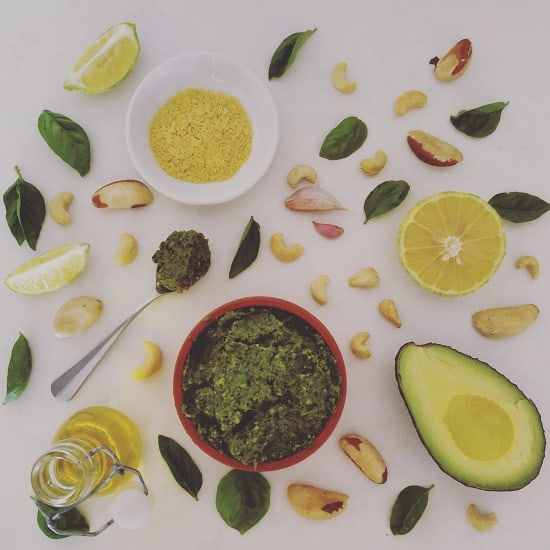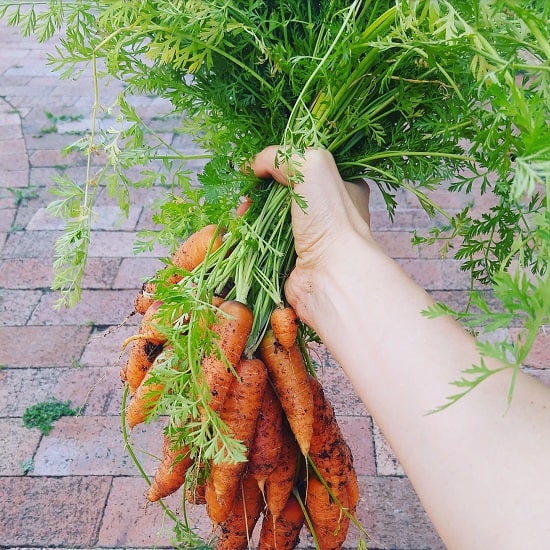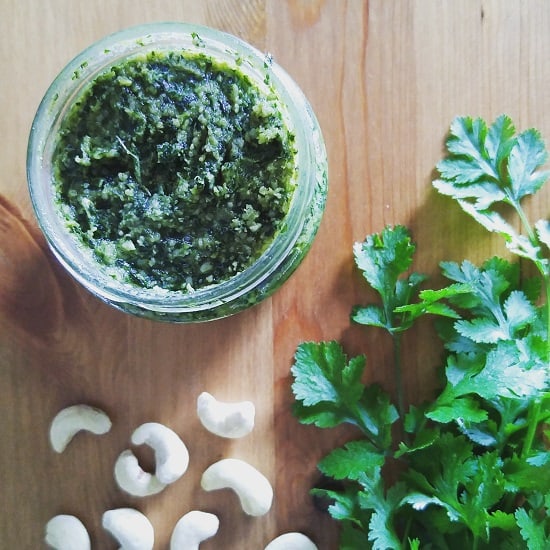Plastic-Free Living: 10 Foods I Make From Scratch
Reducing plastic and living with less waste means ditching the plastic wrap and other single-use packaging, and some foods are hard to come by without packaging. Either that, or they are very expensive to buy plastic-free.
As I’ve gone down the path of waste-free living, I’ve tried making various things, mostly for these two reasons.
Some things, I have discovered, are well worth spending the extra money on to buy the package-free version and not have to make your own! Others turned out to be either so simple, so tasty, or so much less expensive to make from scratch that I really have no reason to ever go back to the pre-bought versions.
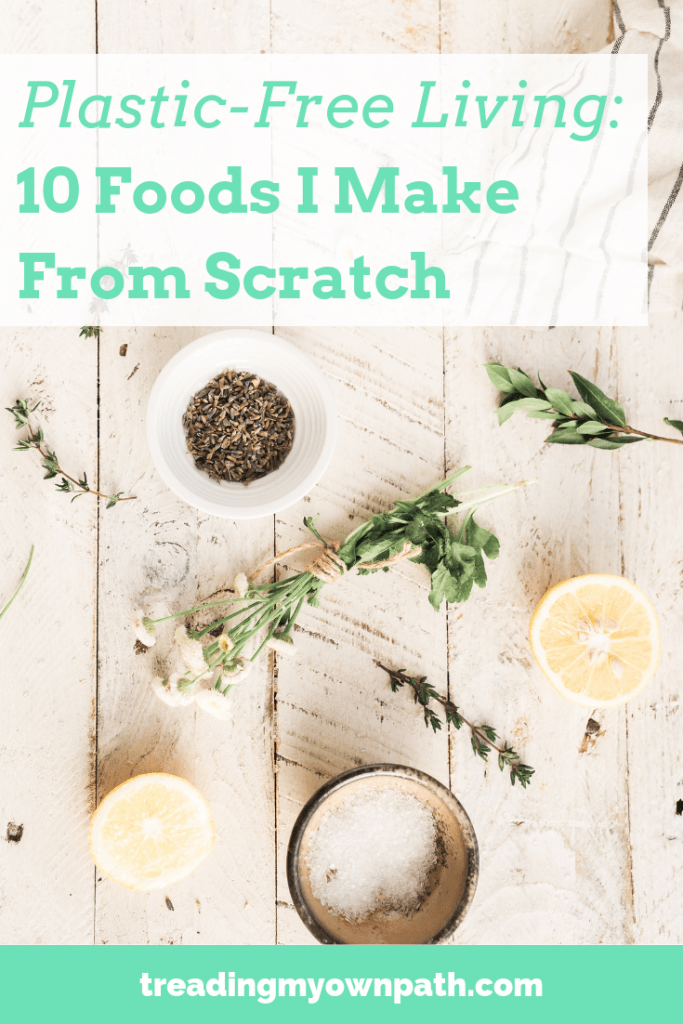
This isn’t about being a slave to your kitchen. I do enjoy making things, but I appreciate it isn’t everyone’s idea of fun, so I’ve focused on the quick, the easy and the satisfying. I’ve put together a list of foods I make that are less waste and low fuss. You’re welcome.
DIY Crackers
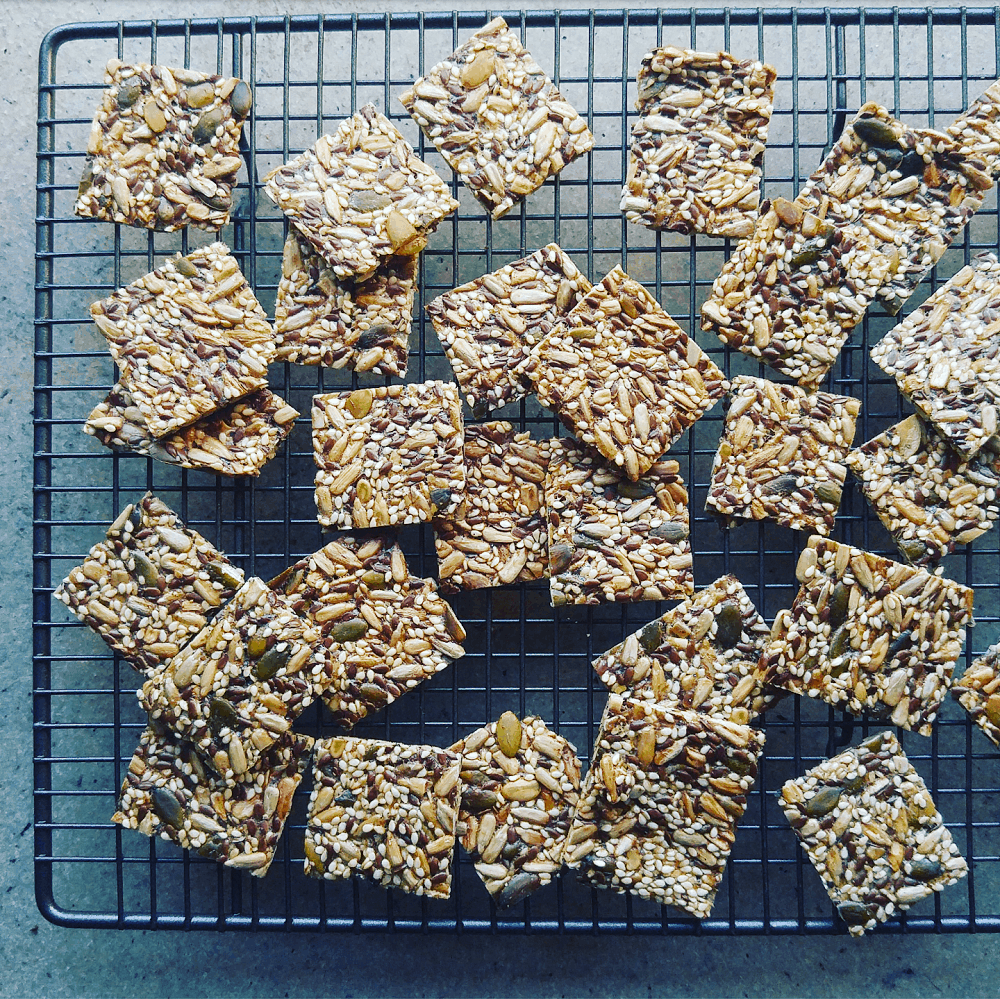
If there’s one thing that’s impossible to buy plastic-free or zero waste, it’s crackers! I tried making crudites (fancy word for vegetable sticks) and slicing fresh bread in place of crackers, but they lack that lovely crunch which makes crackers so desirable to eat.
I’ve tried a few different recipes. The ones that get made the most are the seed crackers. They are simple to make; all they require is soaking the seeds in water, then spreading out on a baking sheet and slowly drying in the oven. You can find the recipe here.
If already you’ve decided that this is a step too far, another super easy way to make crackers is to thinly slice a baguette, drizzle with oil and bake in the oven, turning once half way through.
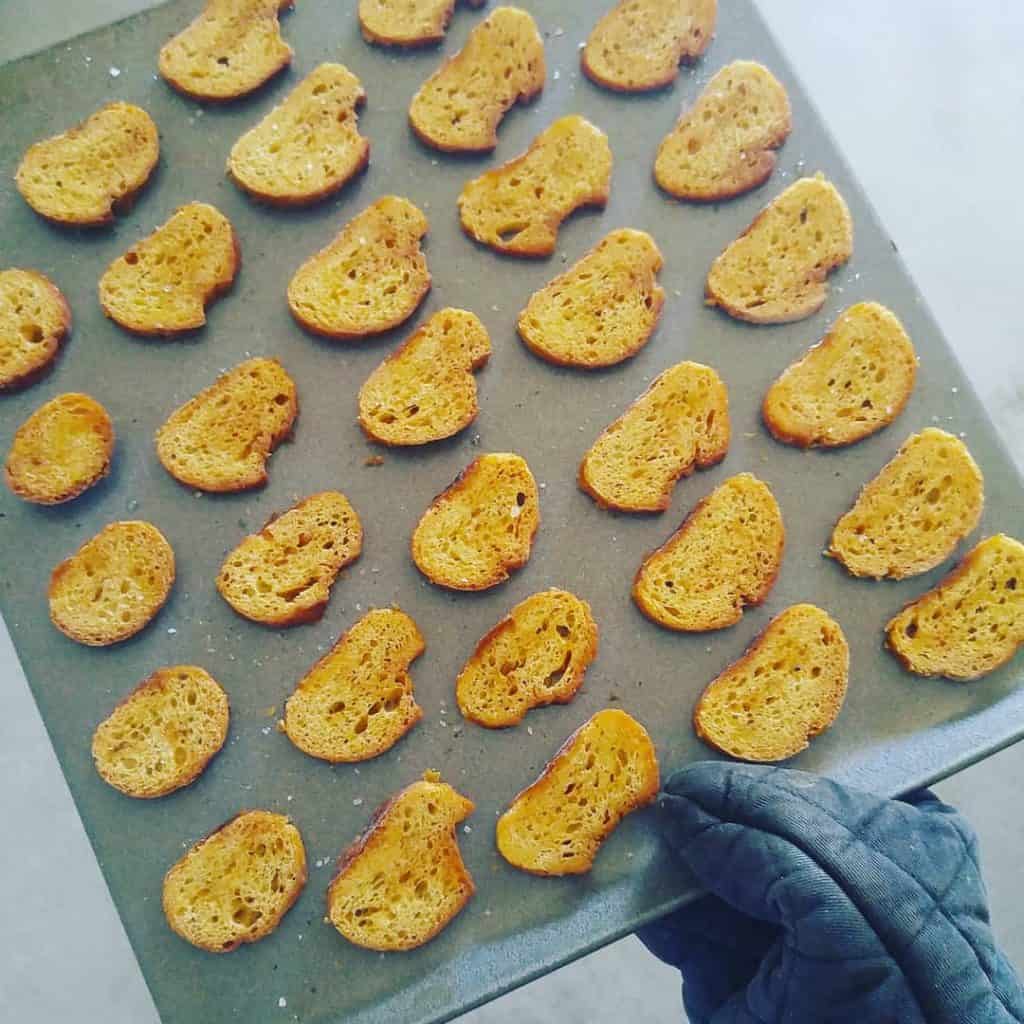
These are so simple to make and require only 25 minutes in the oven, that they probably don’t even require a recipe, but here is the recipe if you’d like to see the steps.
DIY Pesto
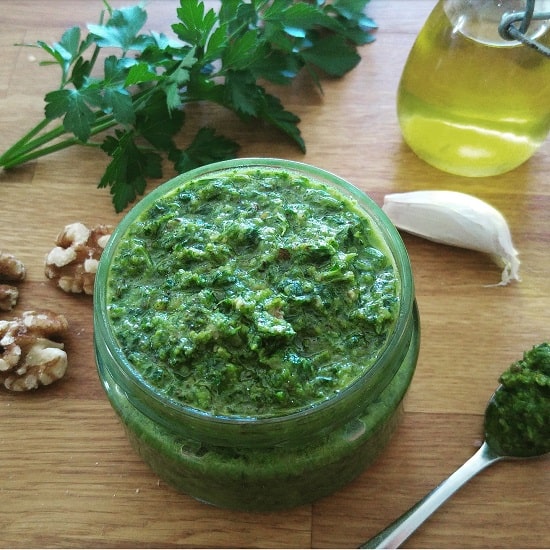
I make pesto all the time, with whatever greens I have to hand. Basil pesto is a summer classic but in winter when the parsley, coriander and nasturtiums are growing, I use these instead.
The basic formula is garlic, two large handfuls of greens, 1/2 cup of nuts and some oil (avocado sometimes to add smoothness and thicken, and nutritional yeast for cheesy flavour if required). You can also sneak in wilted salad leaves to reduce waste.
A blender is ideal, a herb chopper will also work and so will a pestle and mortar. Most pesto will keep in the fridge for at least a week, and it freezes really well. Four zero waste pesto recipes here.
DIY Dips (Hummus, etc)
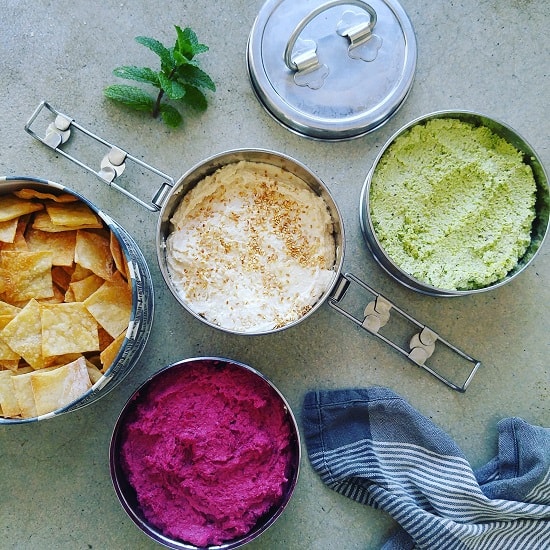
Have you ever noticed that the more natural ingredients (and therefore ‘fancy’) a store-bought dip is, the more packaging is included? There’s the tub, the foil lid, the plastic lid to go over the foil lid, the cardboard sleeve and then the tray it’s displayed on in store.
Rather than pay for all that packaging, I make my own. They taste much better anyway. I mostly use a food processor, but you can also use the herb chopper attachment with a stick blender, a stick blender itself if you’re making large quantities, a pestle and mortar if you don’t have gadgets, and even a fork if you like a more textured dip (I always use a fork when making guacamole).
My staple dip is hummus (you can find the recipe here). If I’m being fancy (well, if I need to use up old veg and want to disguise them in something tasty) I’ll add beetroot (raw or cooked) to the mix, or roasted sweet potato. When fresh broad beans are in season I use those in place of chickpeas, without the tahini and a lot more lemon juice.
DIY Legumes (beans, pulses, lentils)
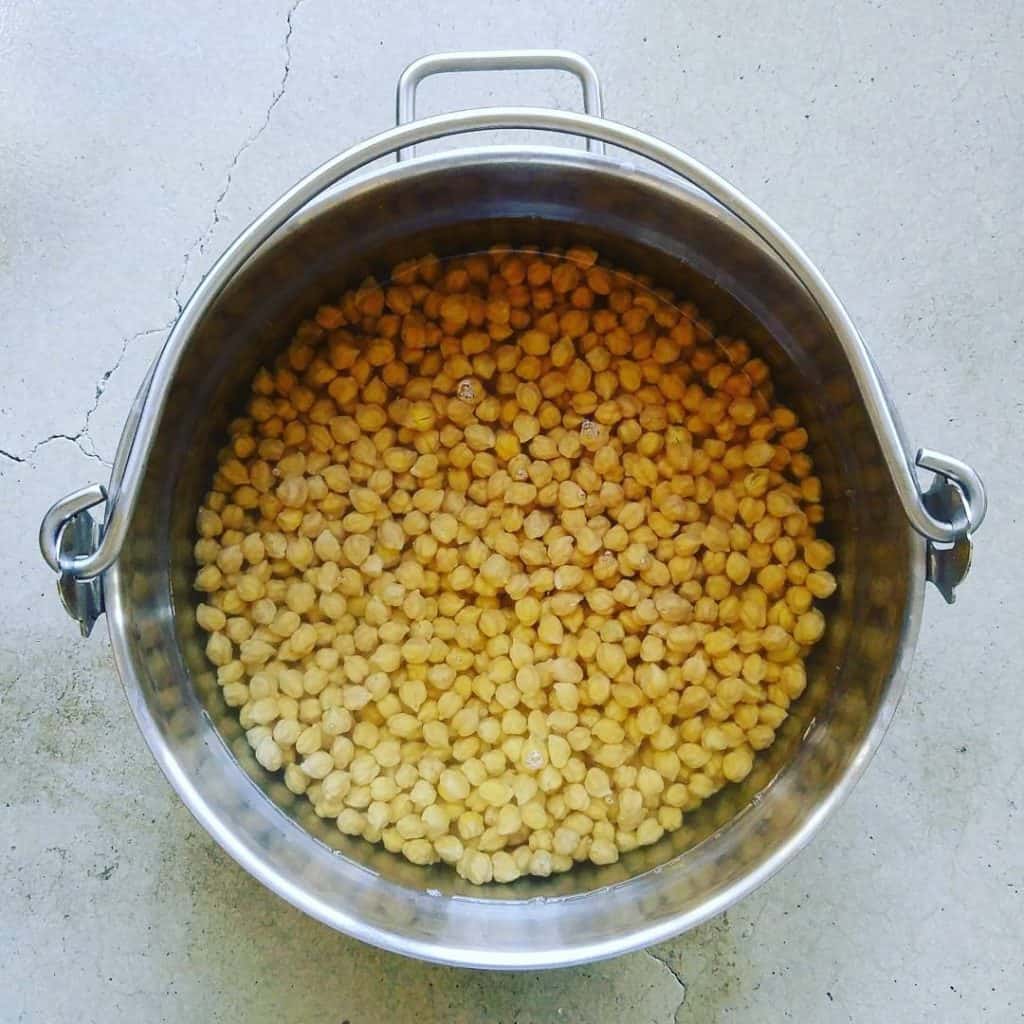
I don’t buy chickpeas (garbanzo beans), lentils or any other legume in a tin, I make my own by cooking the dried beans.
Lentils are really easy because they just need a quick wash and then can be thrown into soups, stews, dahls as is, and will cook in the pan.
Beans and chickpeas need soaking first. They all vary slightly but the longer the better. If you change the water every 8 hours you can keep them soaking for days (they won’t go bad, but eventually they will sprout!) and you can pop the still-soaking beans in the fridge to bide some extra time before you’re ready to cook them.
I soak my chickpeas for a couple of days, then boil in water for about an hour, maybe an hour and a half. (If you have a pressure cooker you can reduce the cooking time to minutes).
They store really well, in the fridge for at least a week, or you can store in glass jars (just chickpeas, no liquid) in the freezer. They fit really well in my freezer door.
DIY Sprouts
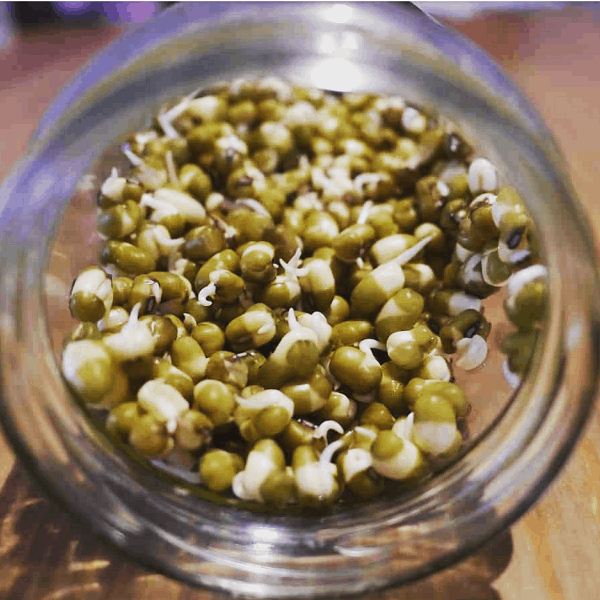
I’m counting these as ‘making’ and not ‘growing’: soak most seeds and smaller lentils and beans (chickpeas also work) and they will sprout a root, making beansprouts.
They don’t look the same as the ones you buy in the store: they are not as elongated (expect a length 1-2 times the length of the original seed/lentil) but they are so much tastier.
You don’t need any equipment for this, just a glass jar (or a colander if you want to make heaps). Soak and drain the sprouts but keep moist, cover jar with cloth or colander with a plate, rinse and drain morning and evening. In 2-7 days you’ll have sprouts (depending on the lentil/seed type – mung beans are very quick, and you’ll need a week for chickpeas). Full instructions here.
DIY Apple Cider Vinegar
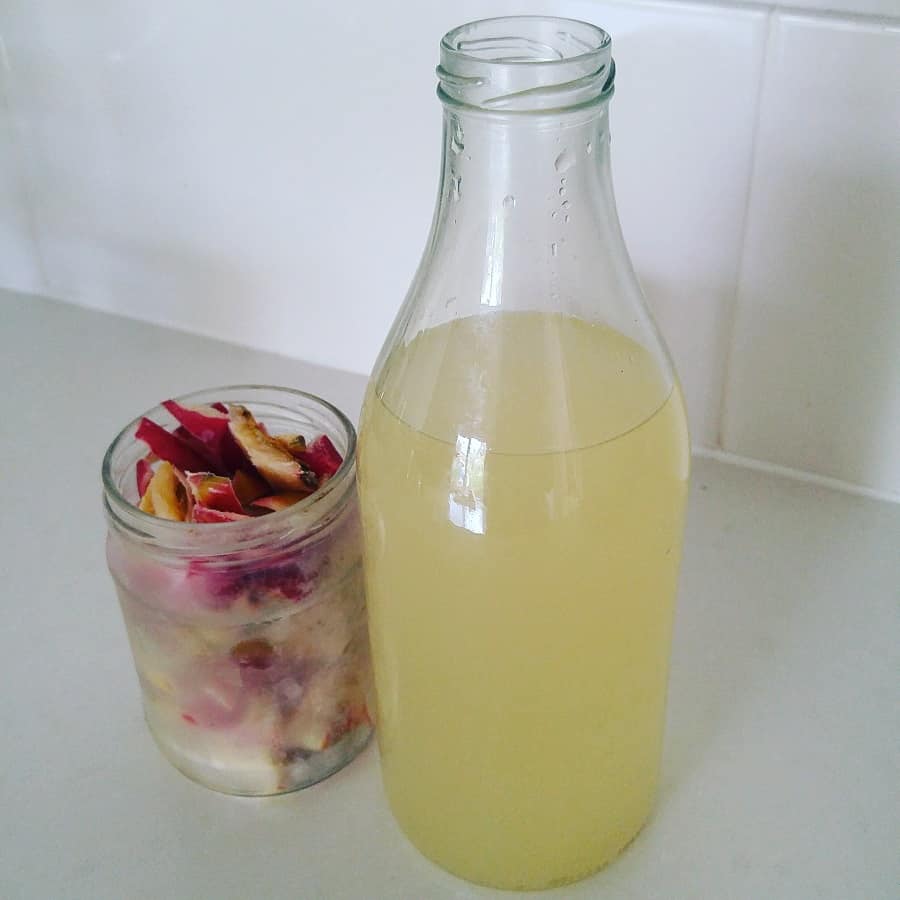
This is one of my favourite things to make because it ticks all the boxes: it is low effort and super simple and it can be made for (almost) free! Bought apple cider vinegar , on the other hand, is expensive.
All you need is some apple cores, stems and peels (you can use whole apples, but I prefer to eat the actual apple and just use the waste bits), some water and a spoonful of sugar, all mixed together in a glass jar. The natural yeast in the apple will ferment the sugar first to alcohol (you’ll smell cider) and then to vinegar (which is what happens when alcohol is exposed to air).
It takes about a week to finish fermenting, and only requires the occasional stir during this time. Stores for months. Recipe here.
DIY Nut Milk
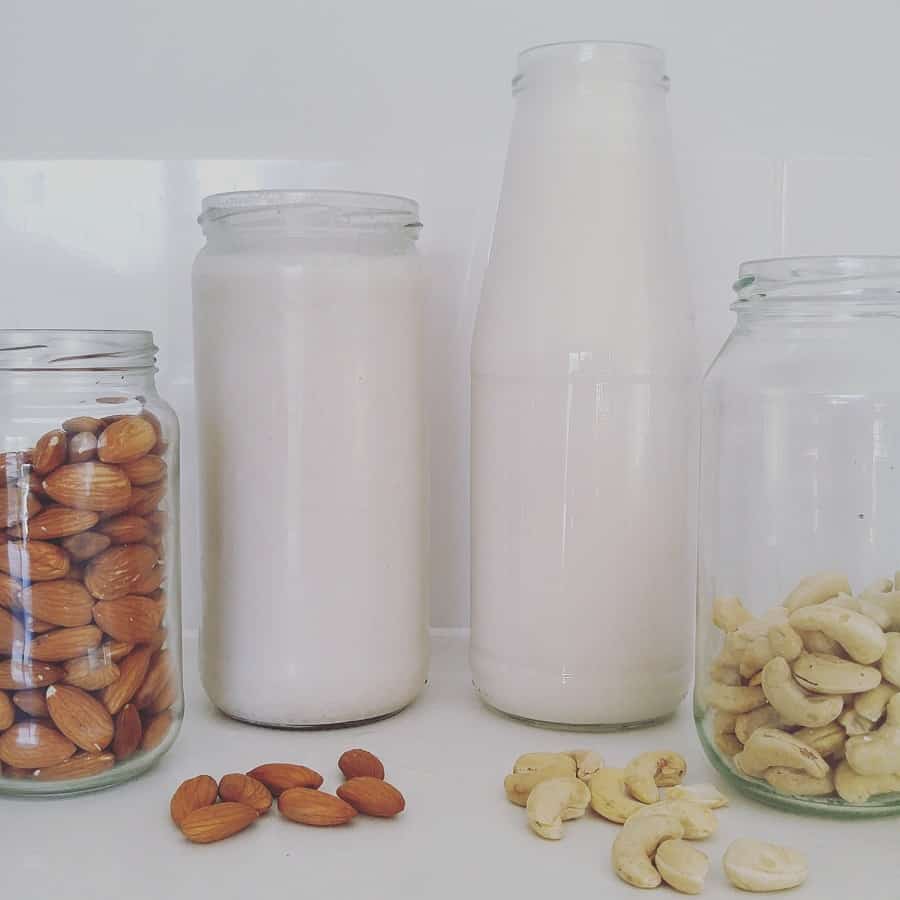
Nut milks (and their cousins seed milks) are really easy to make from scratch. Soak 1 cup of nuts (or seeds) overnight, then rinse and blend with 4-5 cups water. If you have a cheap blender, add the water one up at a time rather than all at once for a smoother result.
With some nuts, like almonds, you might like to strain (I use cheesecloth) because there is a lot of pulp. Other nuts like cashews don’t need straining at all.
Cashew milk is one of my favourites as it also lasts well, around 7-10 days in the fridge. Homemade almond milk lasts 3-4 days. Recipes for cashew and almond milk here.
DIY Nut Butter

An easy thing to make and a great way to avoid palm oil, added sugar and salt and of course, packaging. Peanut butter is the one we always think of but you can make any type of nut butter. Cashew and macadamia butter are light and sweeter, and of course, hazelnut butter pairs best with chocolate.
You’ll need a food processor or a high power blender (most blenders are designed for liquids, not solids). Roasted nuts blend much more quickly and easily than raw ones (and taste better, generally). It will take about 5 minutes to make your own. Full nut butter instructions here.
DIY Stock
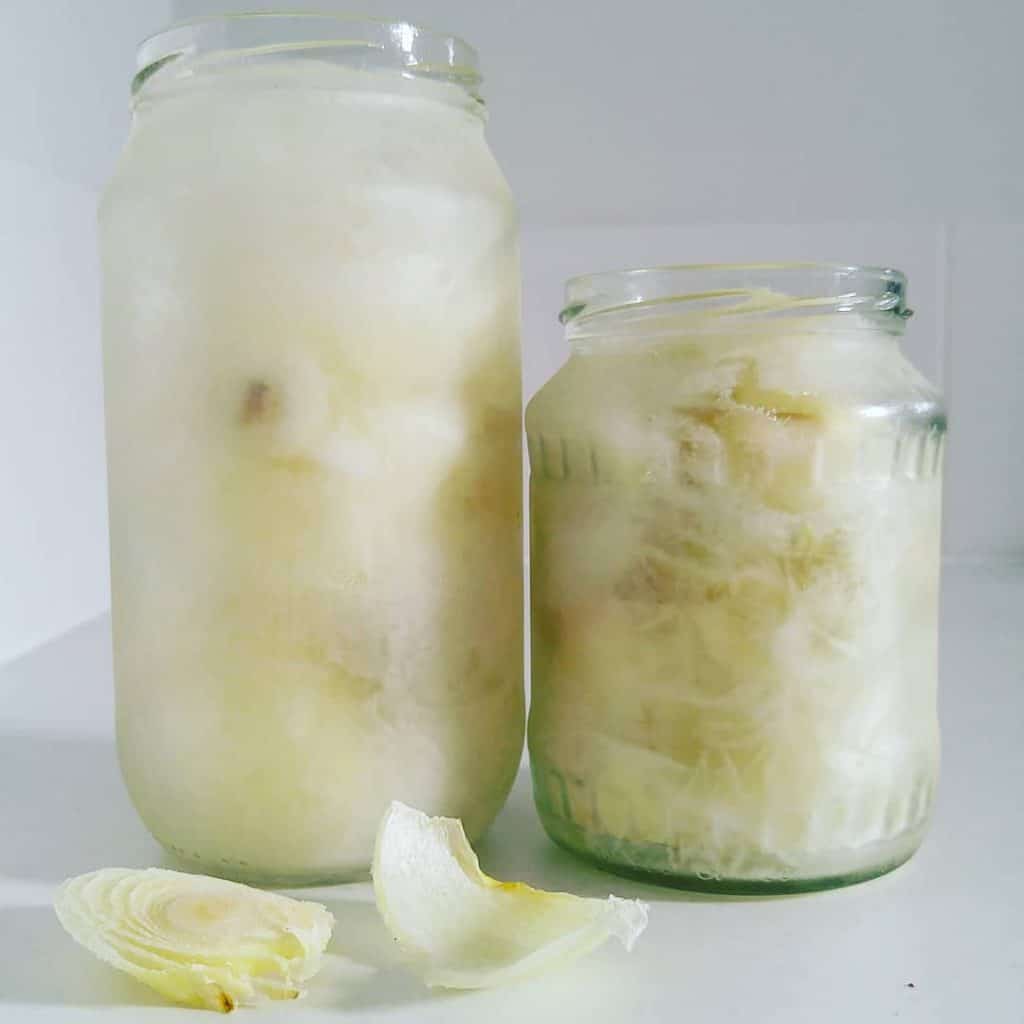
Rather than buying stock powder, I make my own using vegetable scraps. I save onion peels, leek tips, garlic skins and any other bits I don’t eat (except kale stalks, I did that once and never again), filling a jar in the freezer a I go until it’s full.
If I peeled carrots and potatoes I’d save these scraps too, but I prefer not to peel and eat the scraps as they come!
Then, I boil the scraps in a pan of water for an hour with some bay leaves, strain off the scraps, cool down and freeze in a wide-neck jar or ice cube molds, and use as I need.
DIY Frozen Sweetcorn
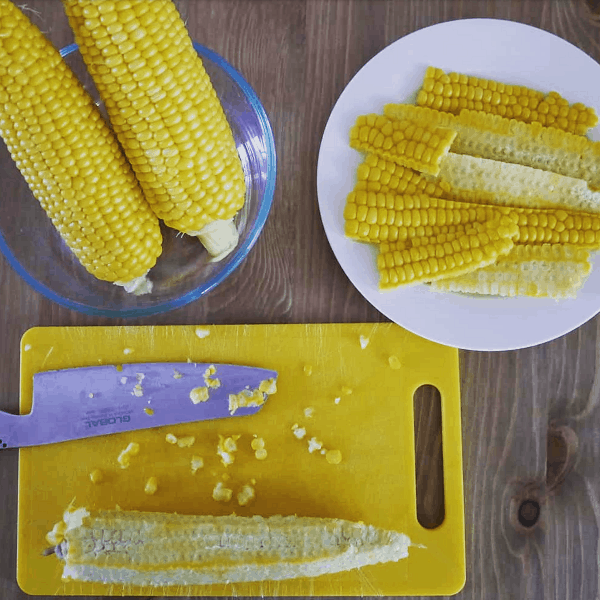
Before I went plastic-free, I’d buy bags of frozen sweetcorn. I’ve never liked the canned stuff, so I didn’t want to switch to that, but I like the ease of having it in the frezzer. So I make my own.
I buy fresh corn cobs, boil, drain and cut the kernels off. One cob has about 150g kernels. Then I pack tightly in a glass jar and freeze until I need. Step-by-step instructions here.
I don’t believe that the zero waste lifestyle or going plastic-free means making everything from scratch. There are a lot of things I don’t make from scratch, or only make sometimes. But when it’s quick, easy and low fuss, you save on all the single-use packaging and you get to eat the results of your creations, why wouldn’t you at least give things a try?
You may find it fun, you may wonder why you haven’t been doing this your whole life already, or you may decide it is an experience never to be repeated. But you’ll never know if you don’t try. Whatever happens, you’ll definitely have a new-found appreciation for the things you eat – whether it’s something homemade or something you’re extremely glad someone else is making so that you don’t have to.
Now I’d love to hear from you! Do you have any favourite from-scratch recipes? Are their any foods you can’t find in packaging that you’re yet to successfully DIY? How do you balance making your own with buying ready-made? Any other thoughts? Please share in the comments below!

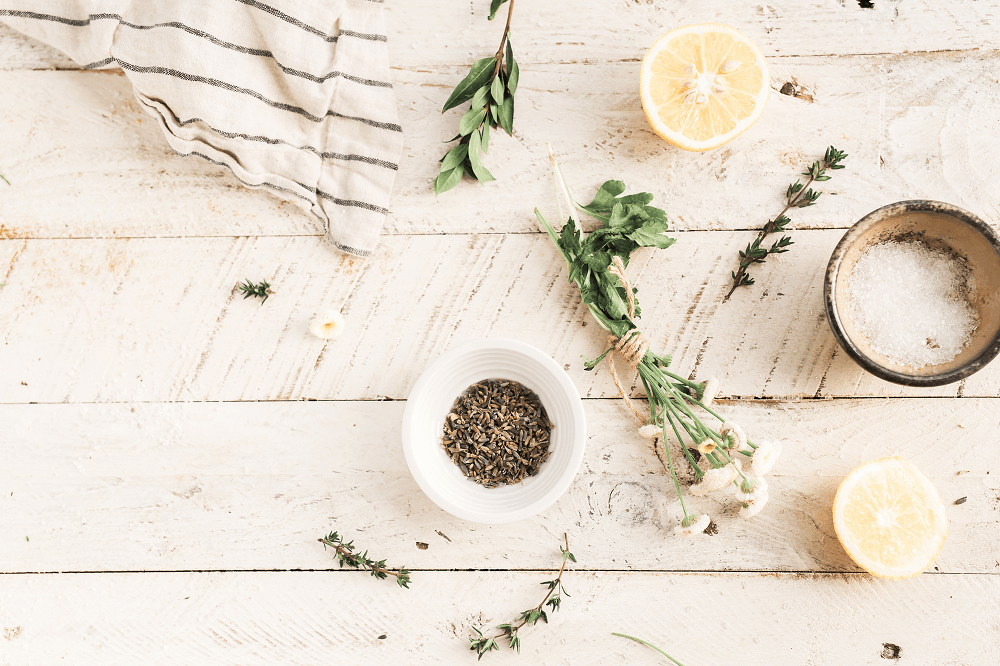


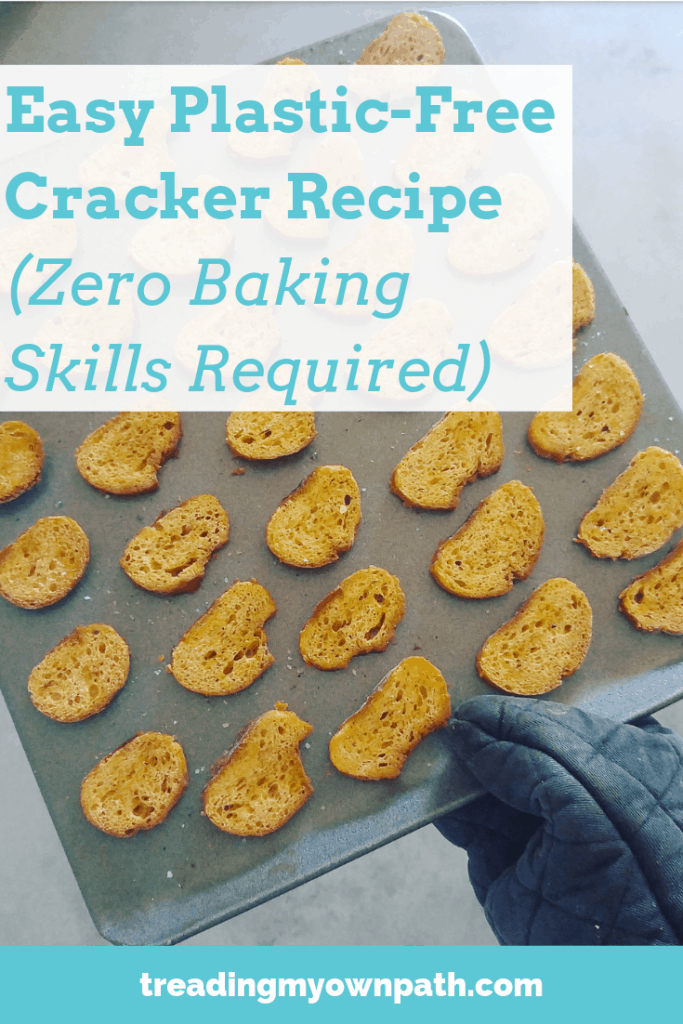
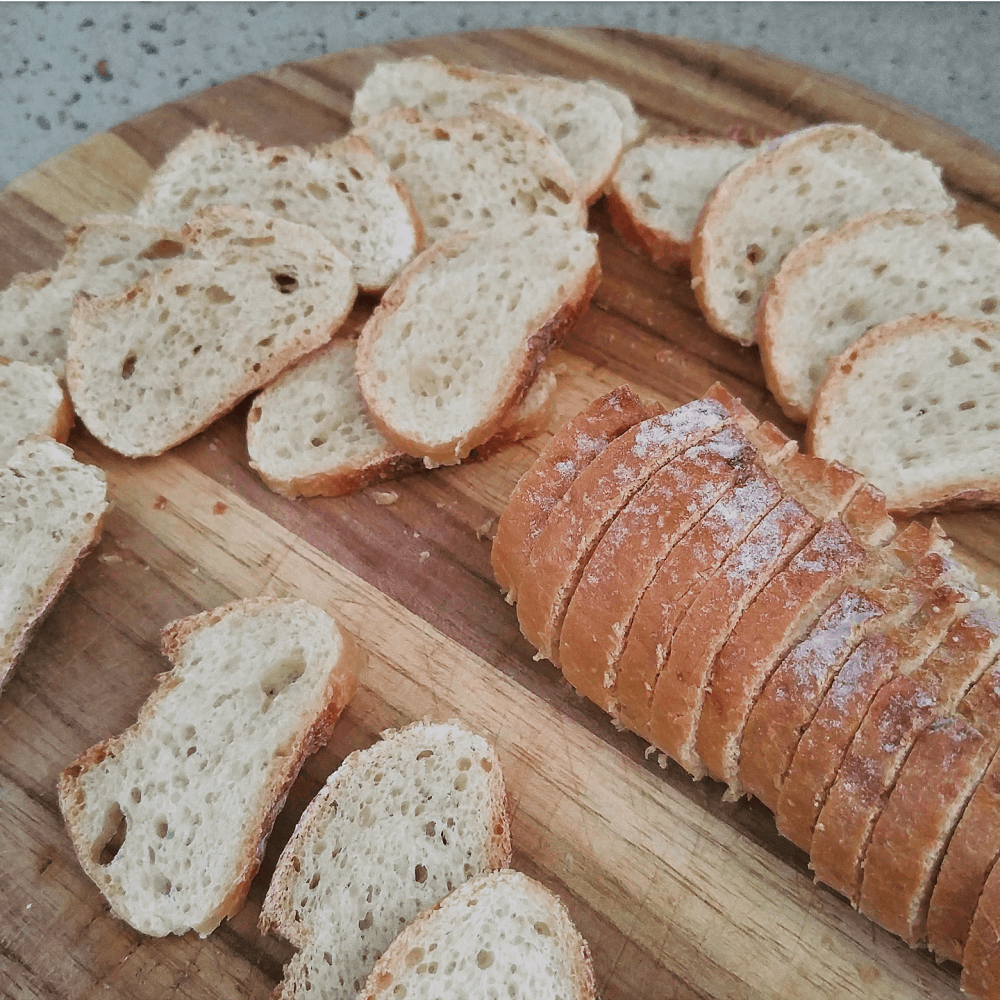
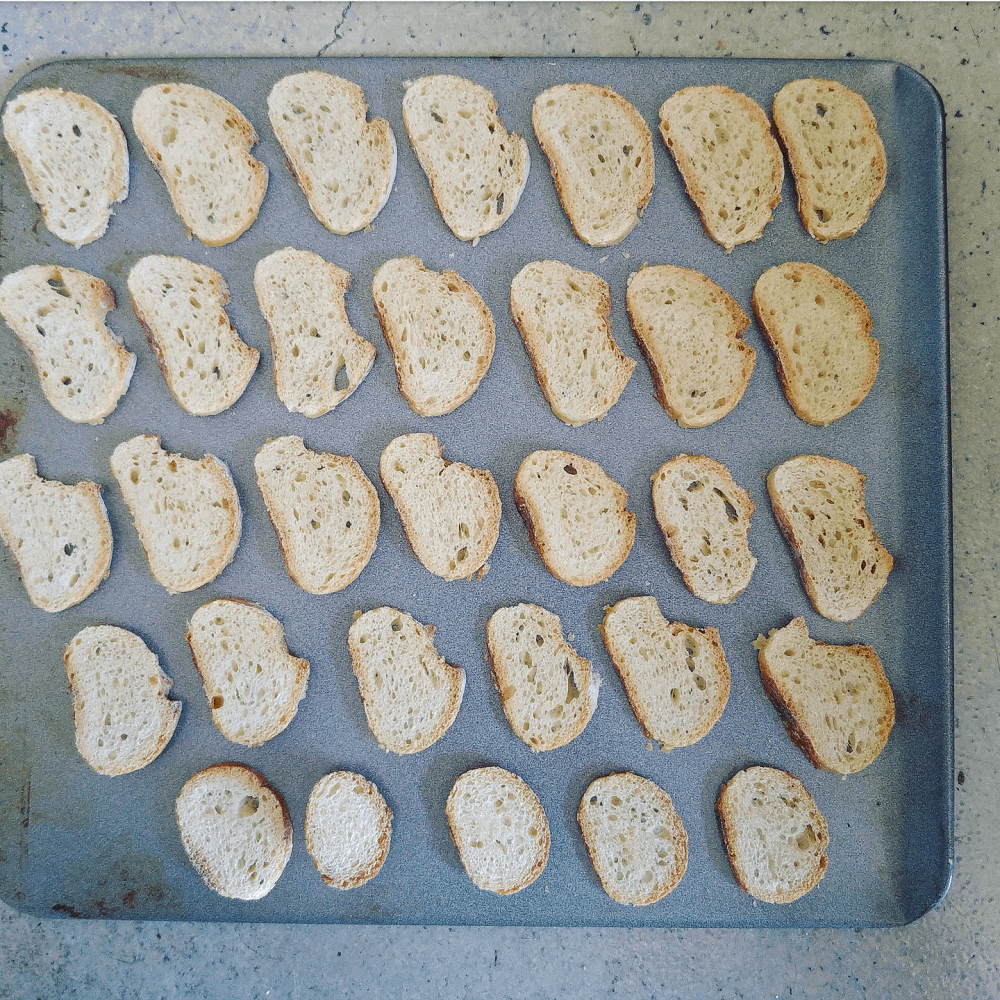



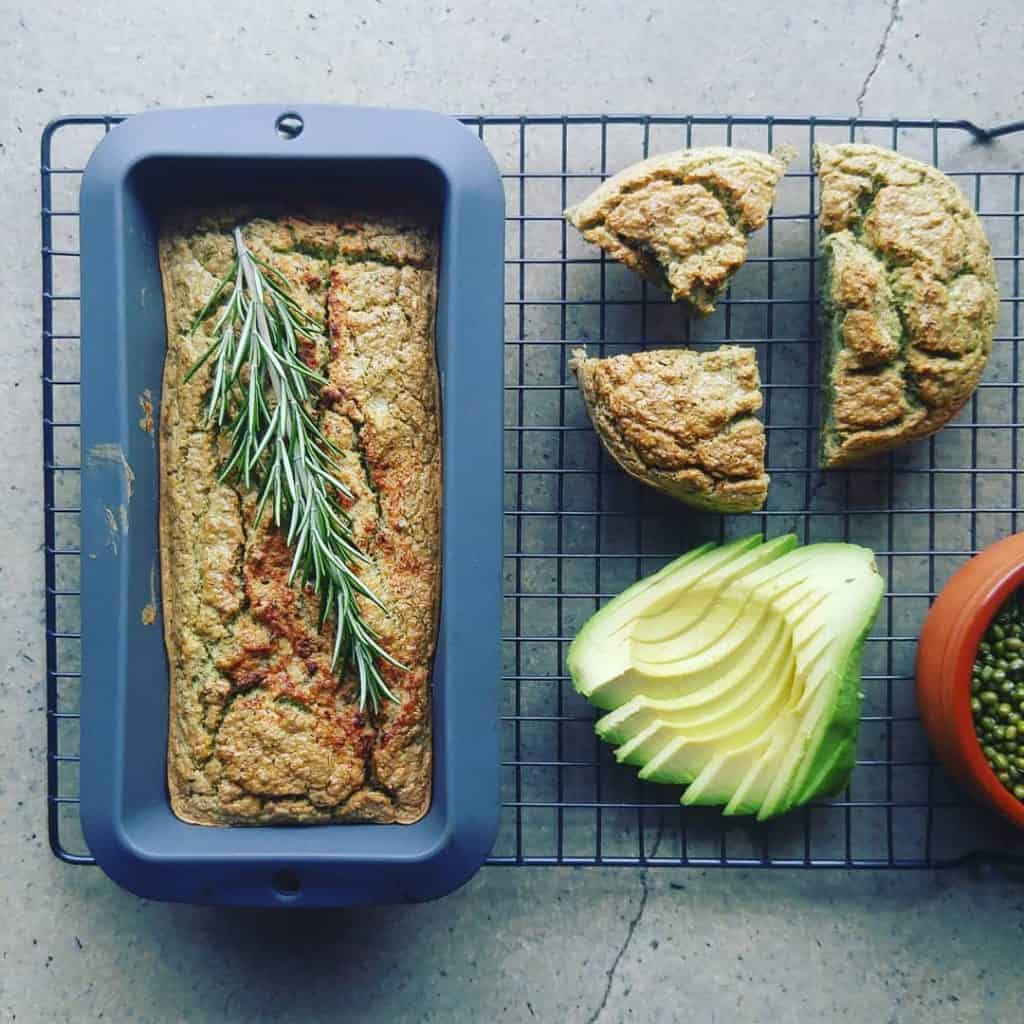
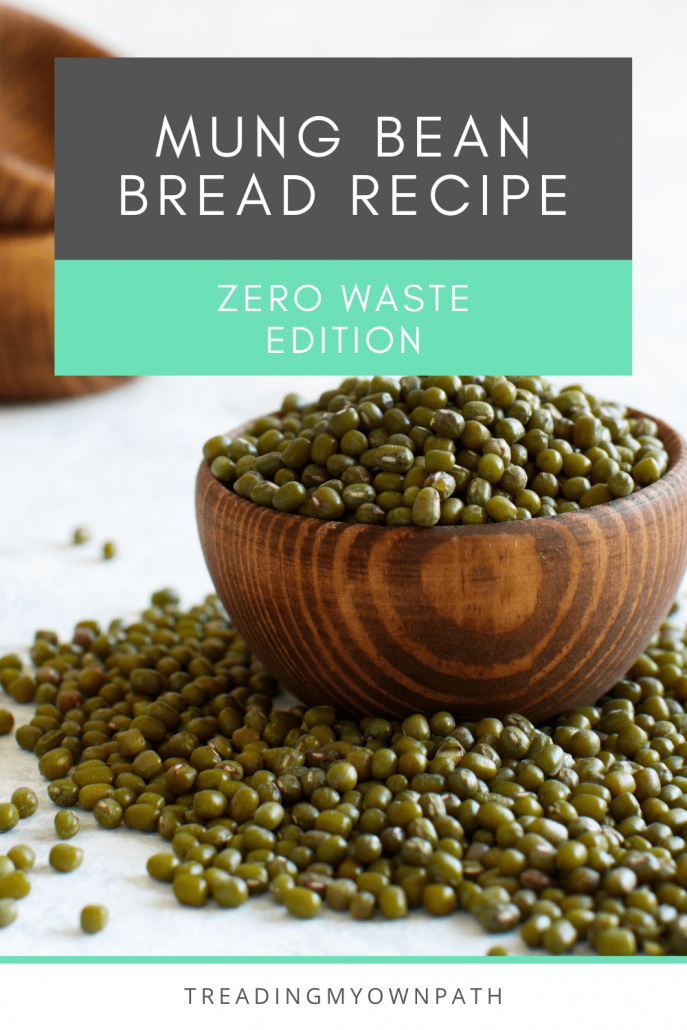
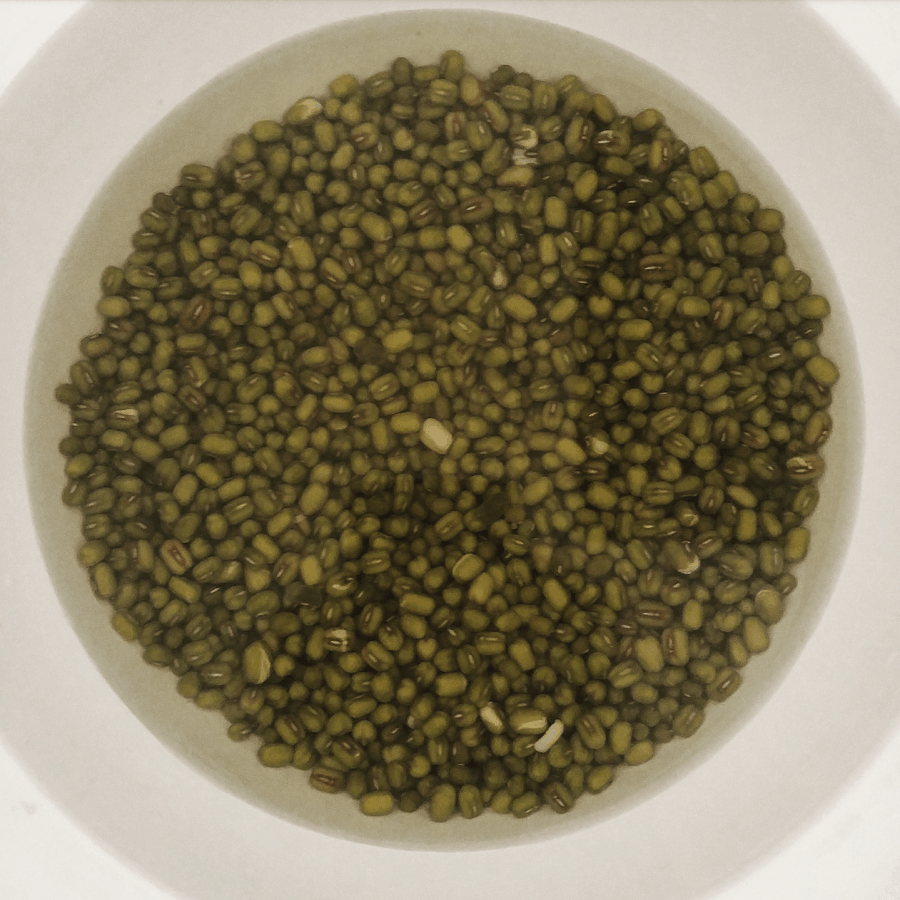
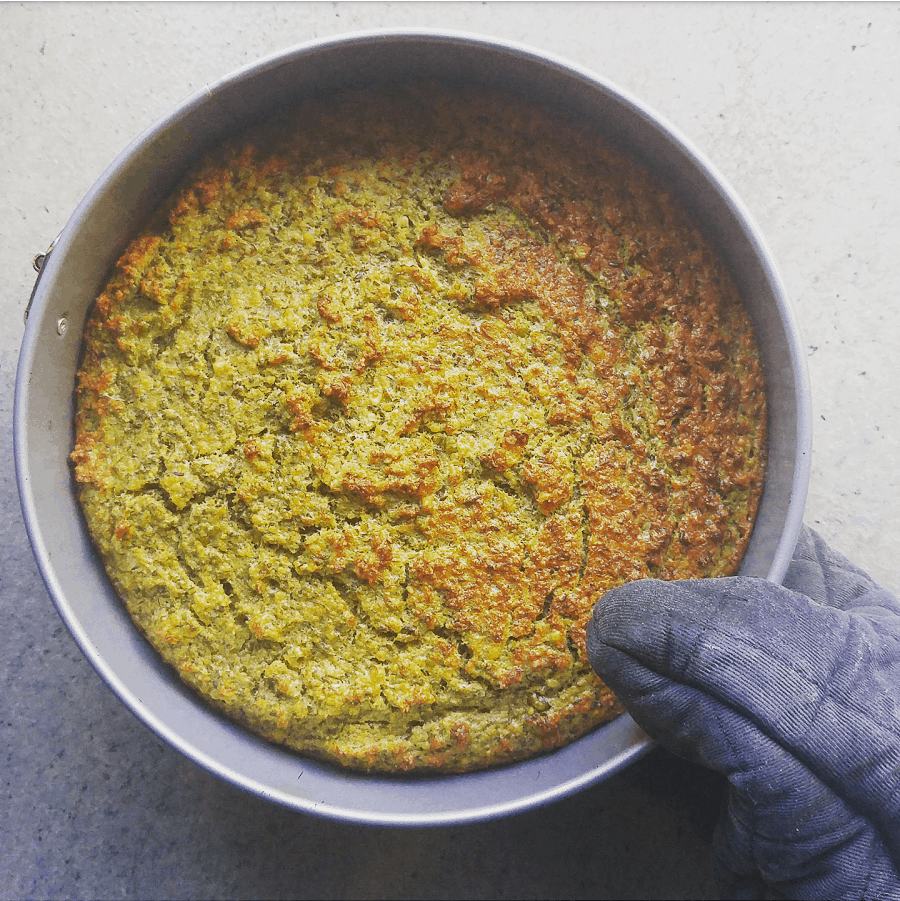
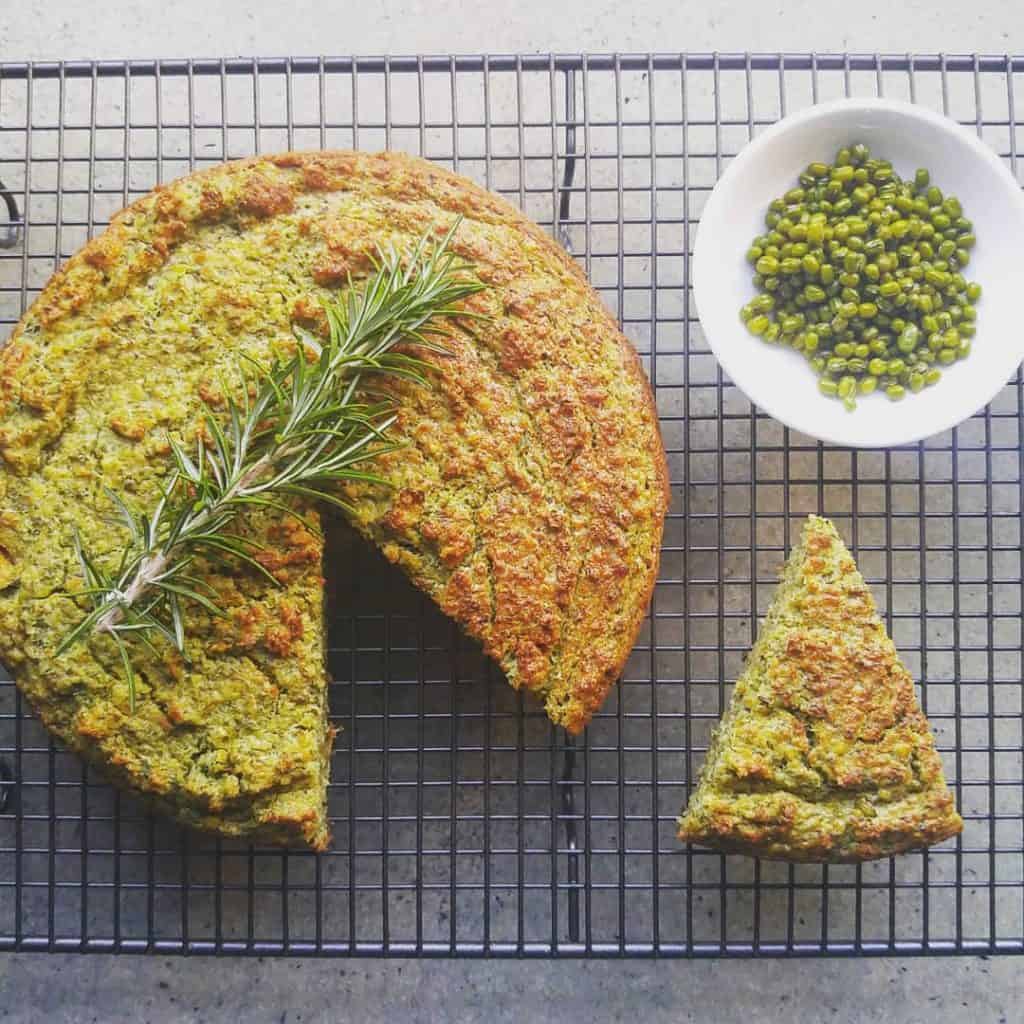
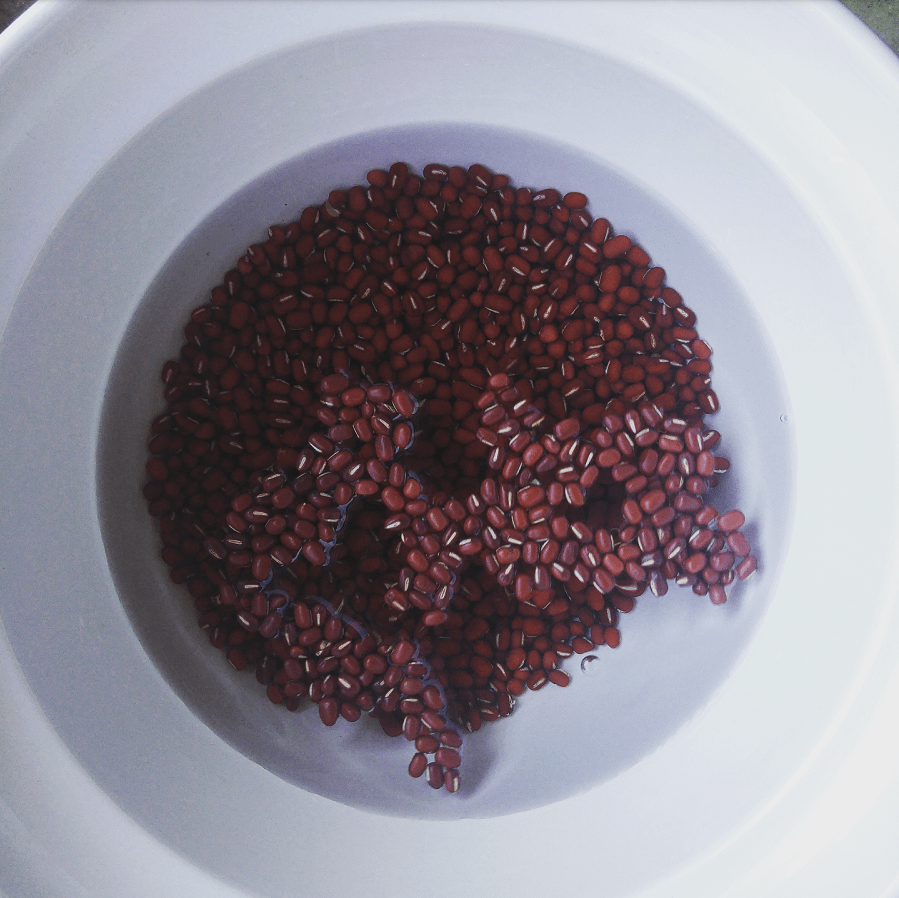
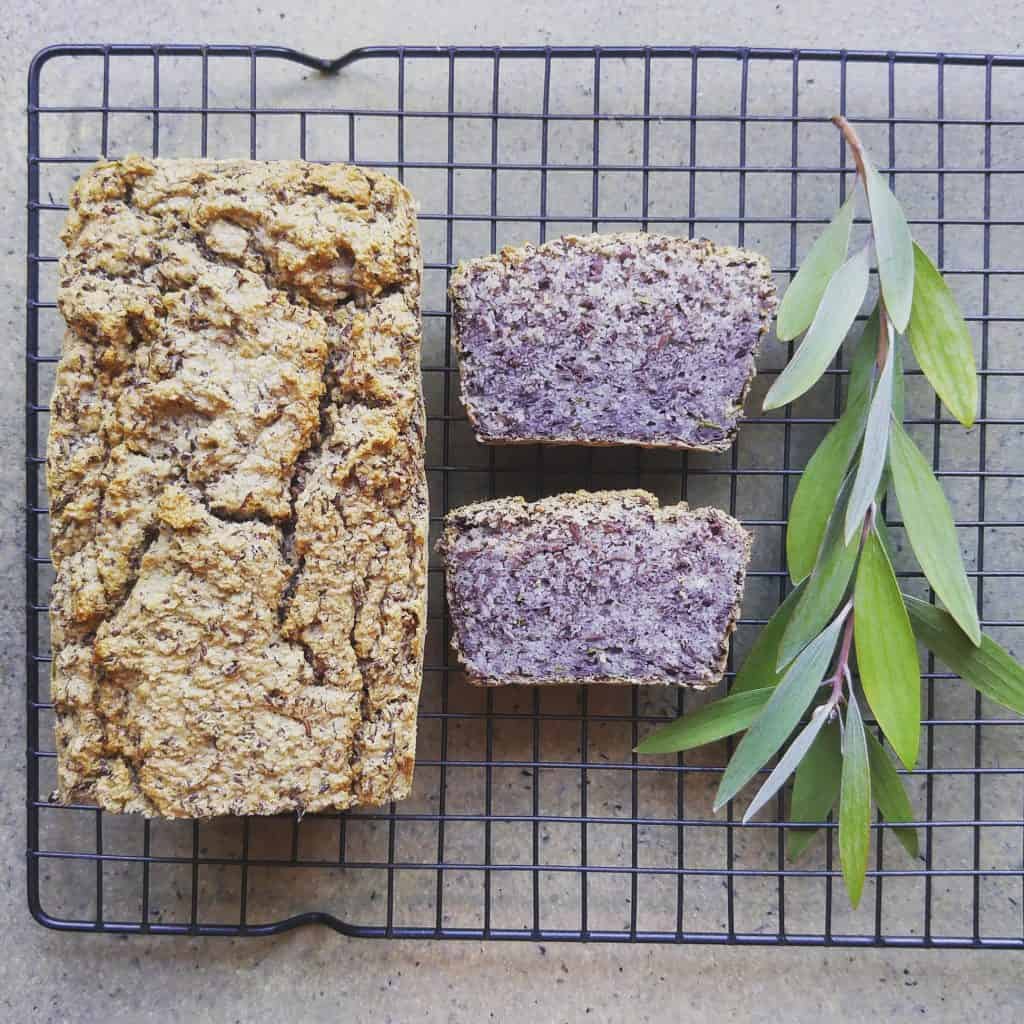
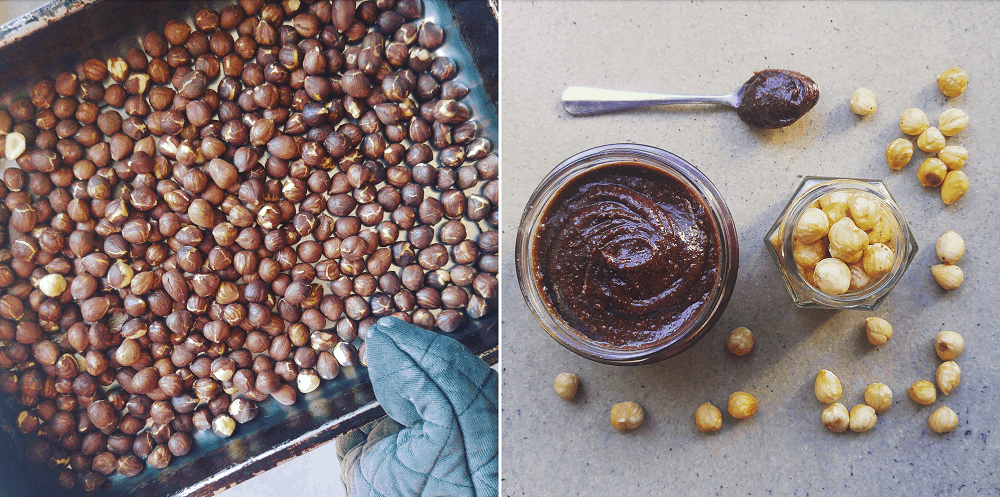
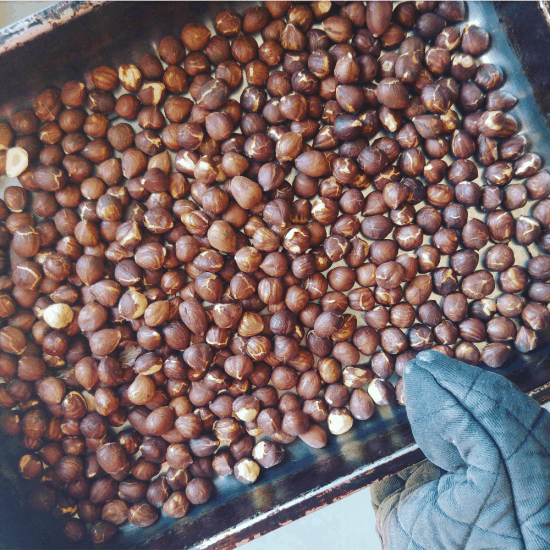
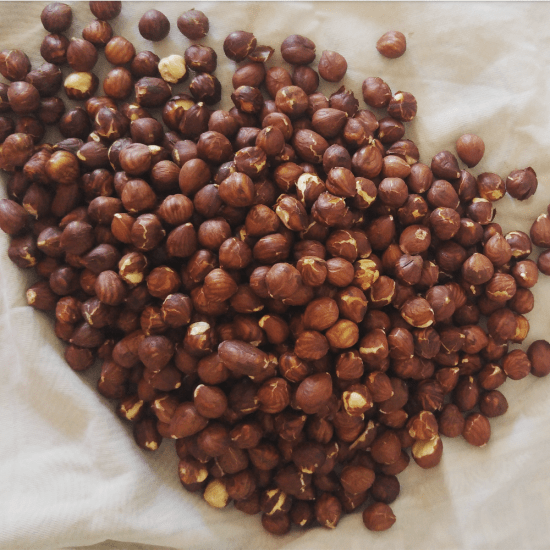
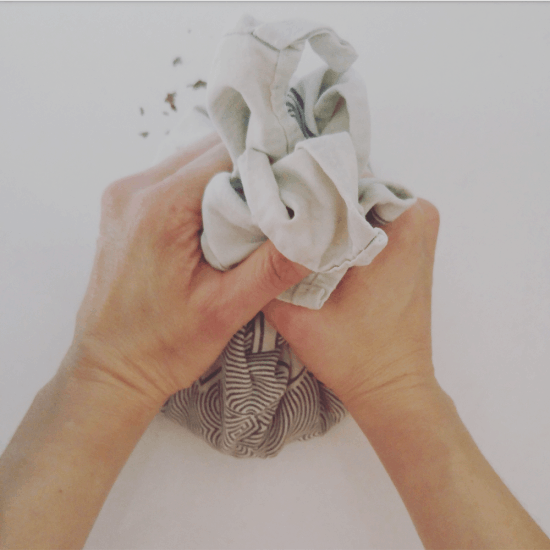
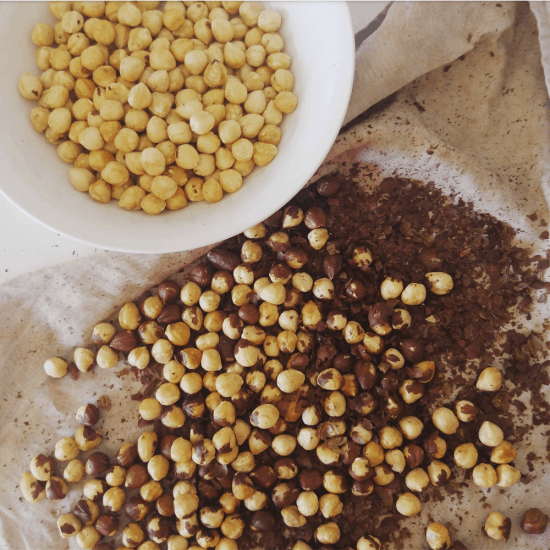
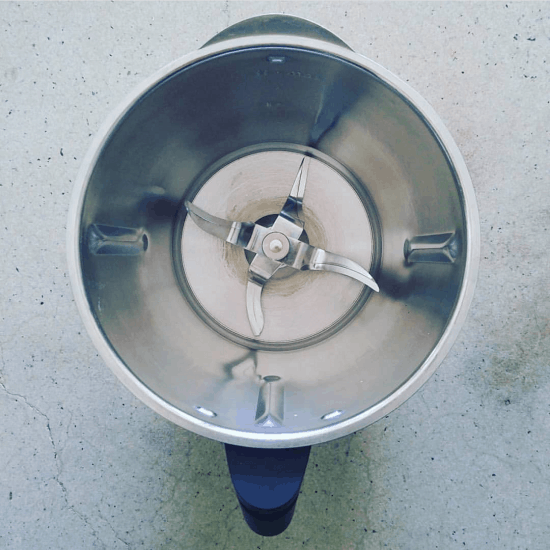

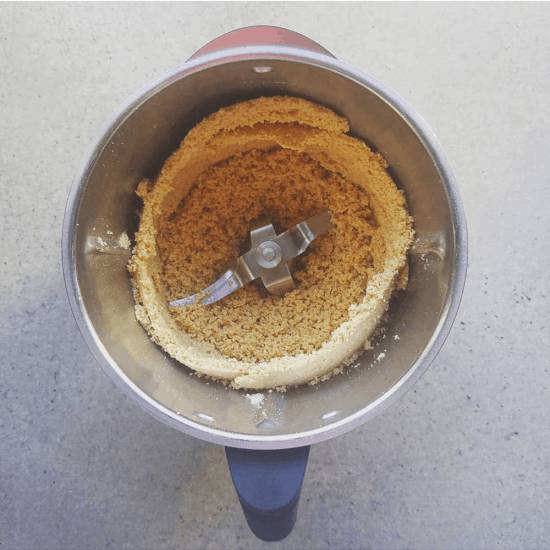
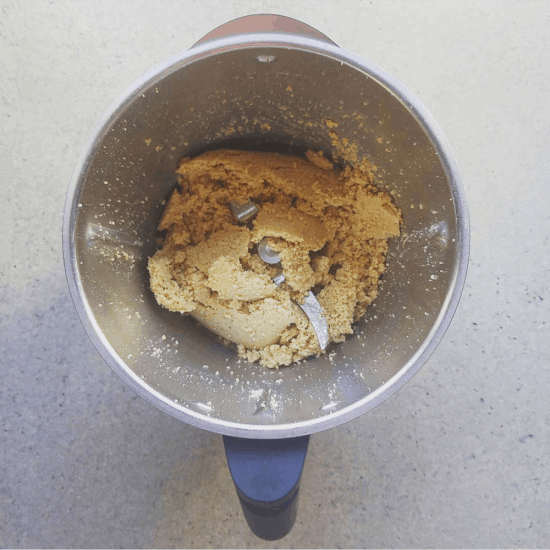
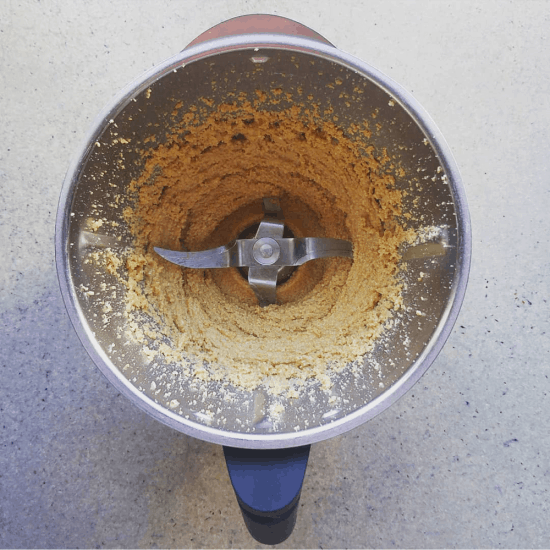
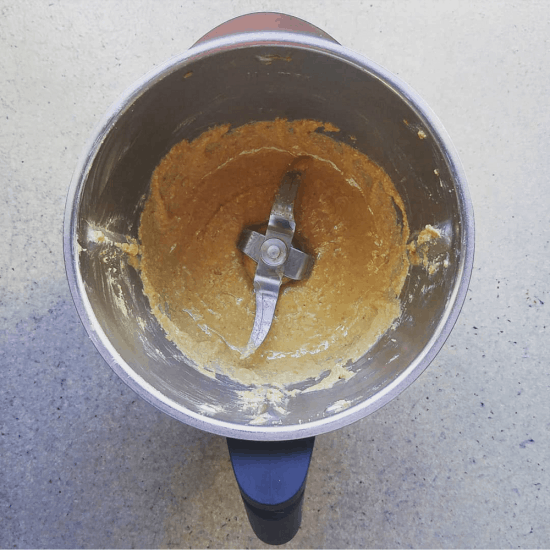
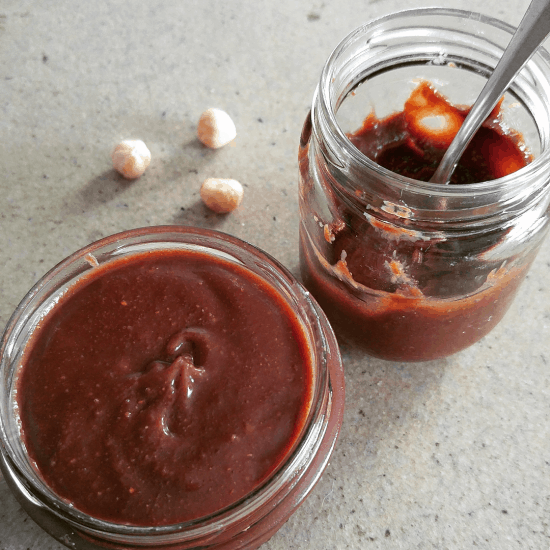


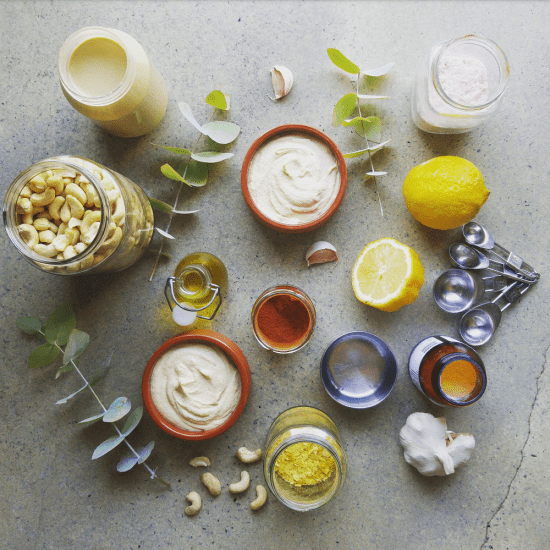
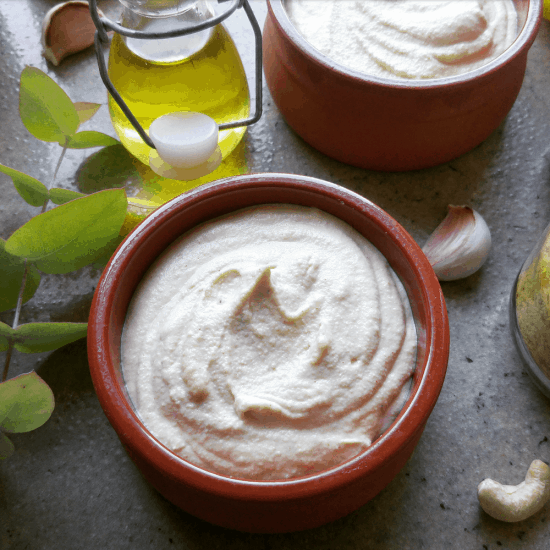
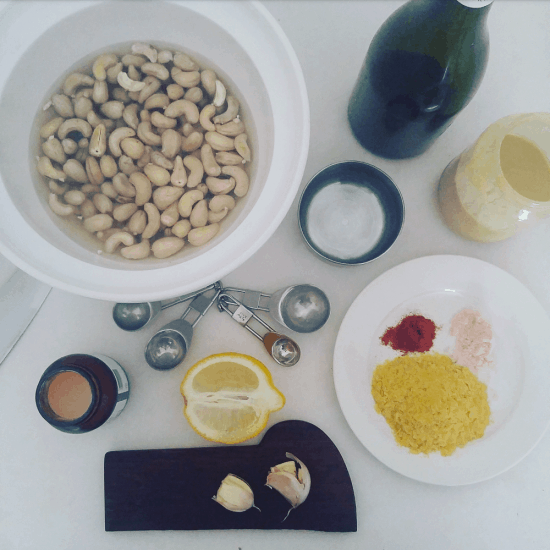
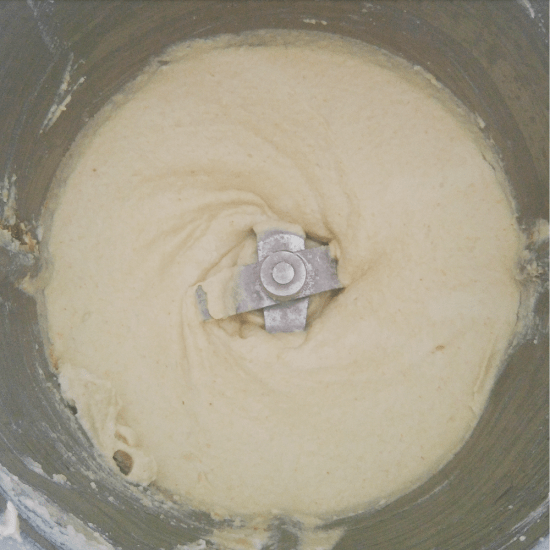
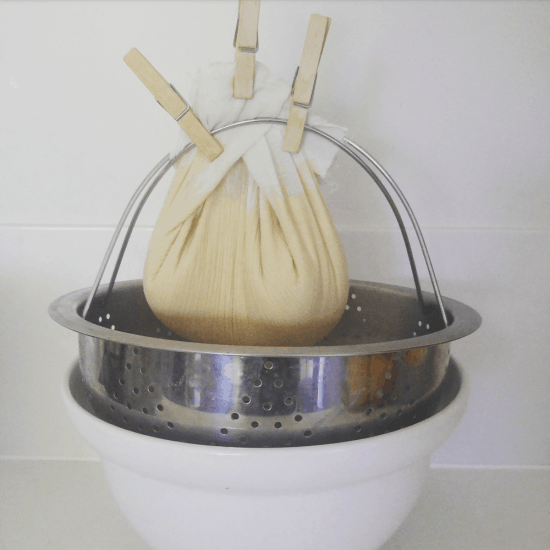
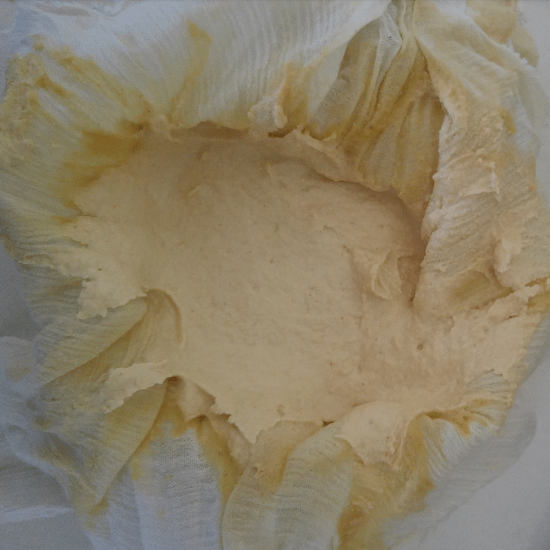
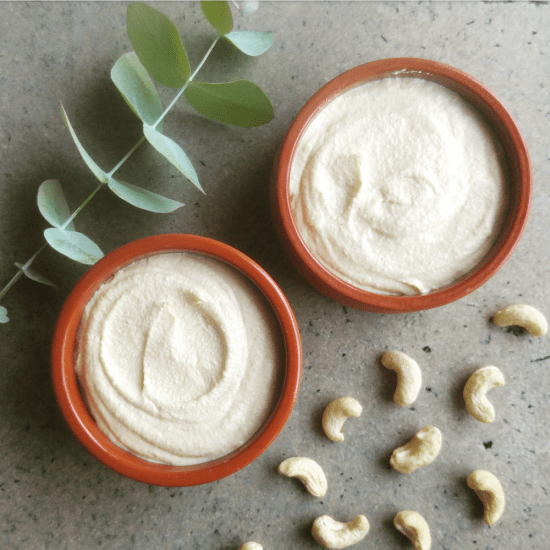
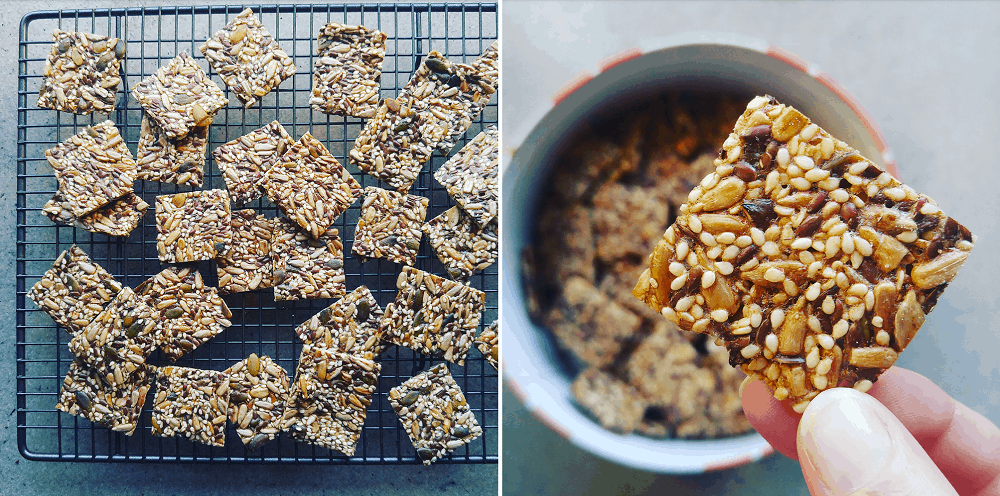
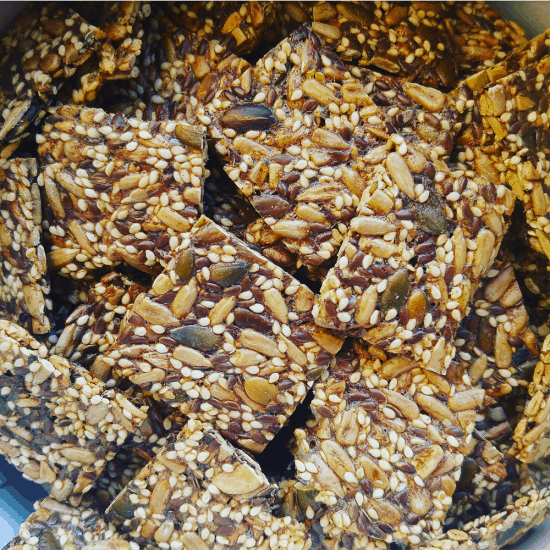
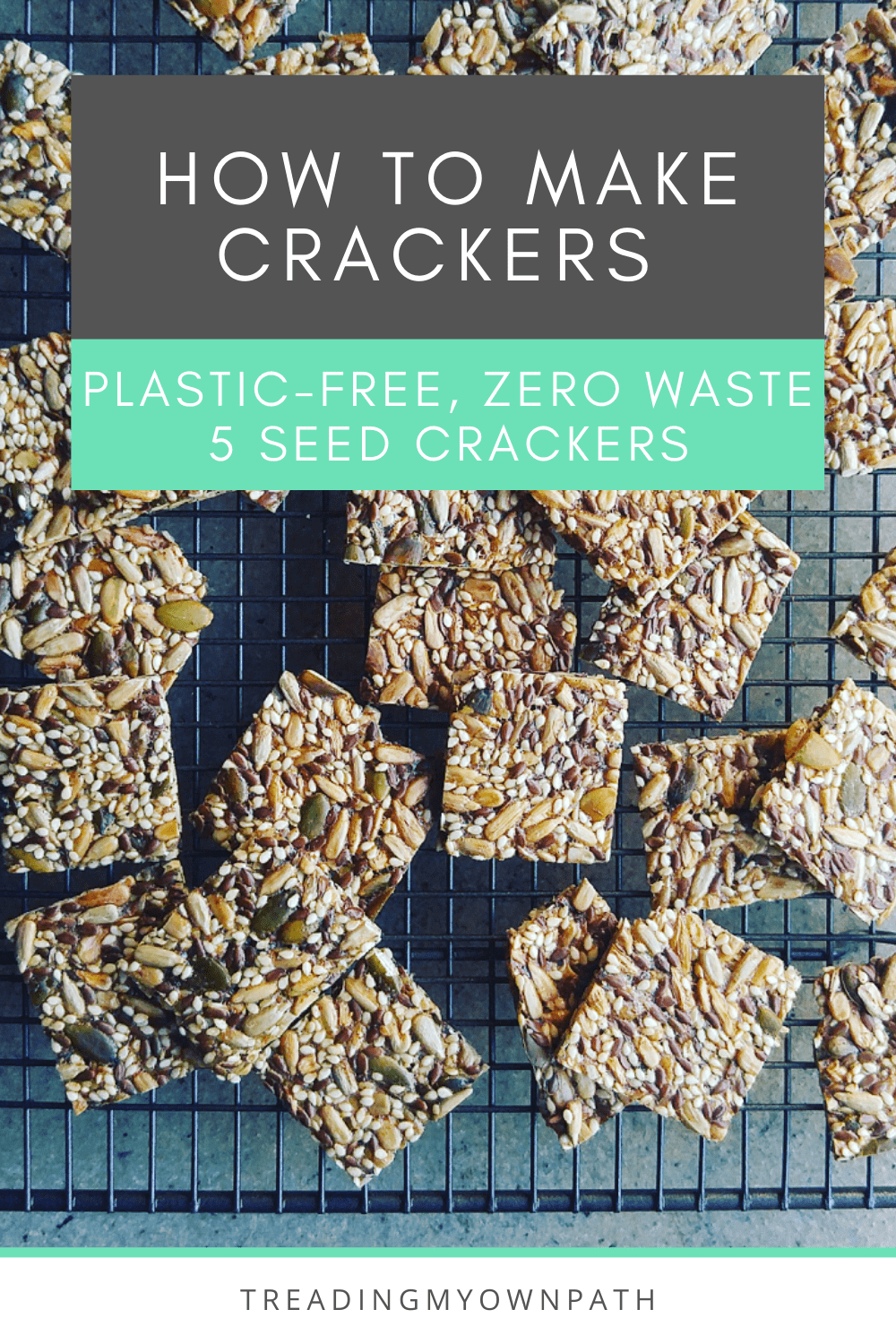 Recipe: Zero Waste 4 Seed Crackers
Recipe: Zero Waste 4 Seed Crackers